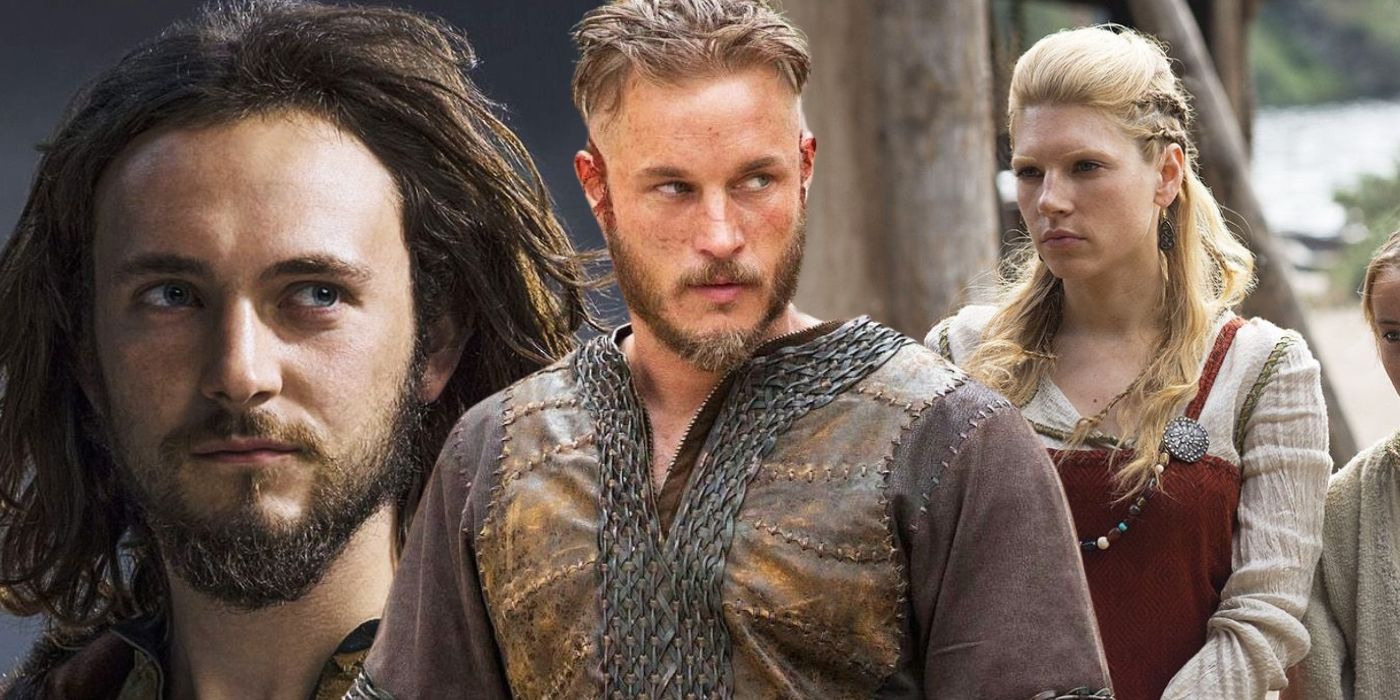
The world of Vikings continued to expand with the sequel series Vikings: Valhalla. While the original Vikings series focused on the mythical Ragnar Lodbrok and the rise of Vikings as one of the dominant forces in Northern Europe, Vikings: Valhalla explores the end of the Viking age. Both series do their best to incorporate historical Viking accuracy and truth as much as possible. However, both series also bend the truth of history to suit their narratives, as is true with most historical fiction, whether it be in movies or television.
What’s Historically Accurate In Vikings
How Viking Society And Culture Is Portrayed
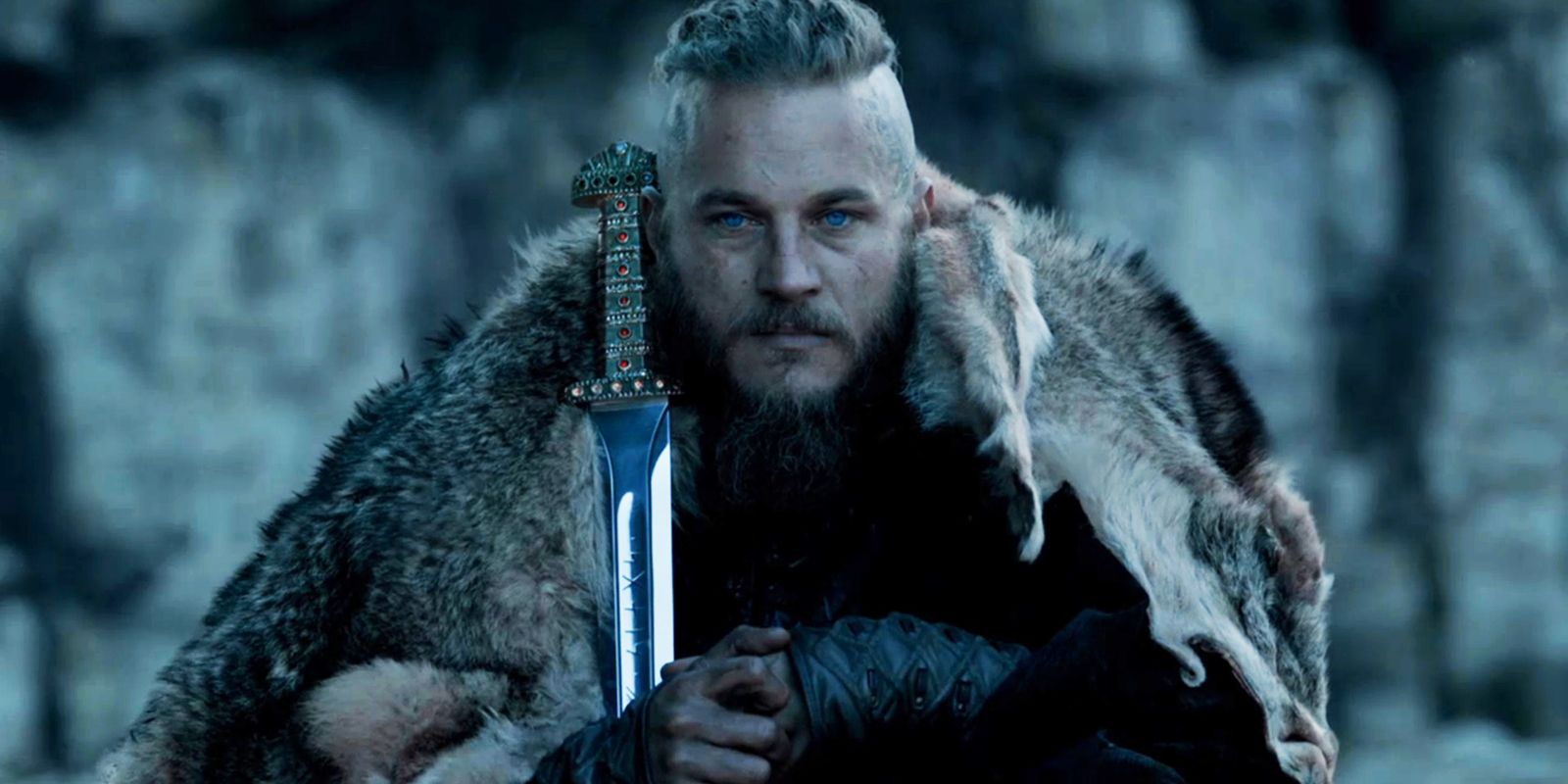
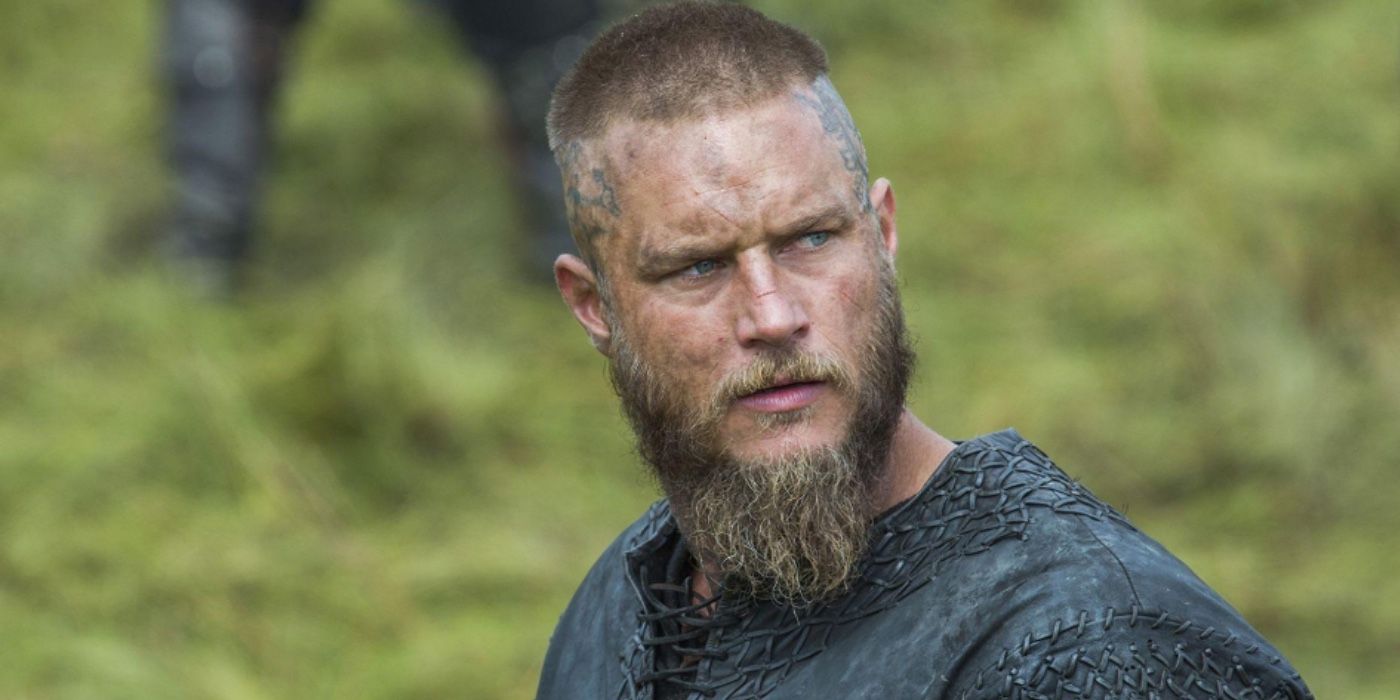
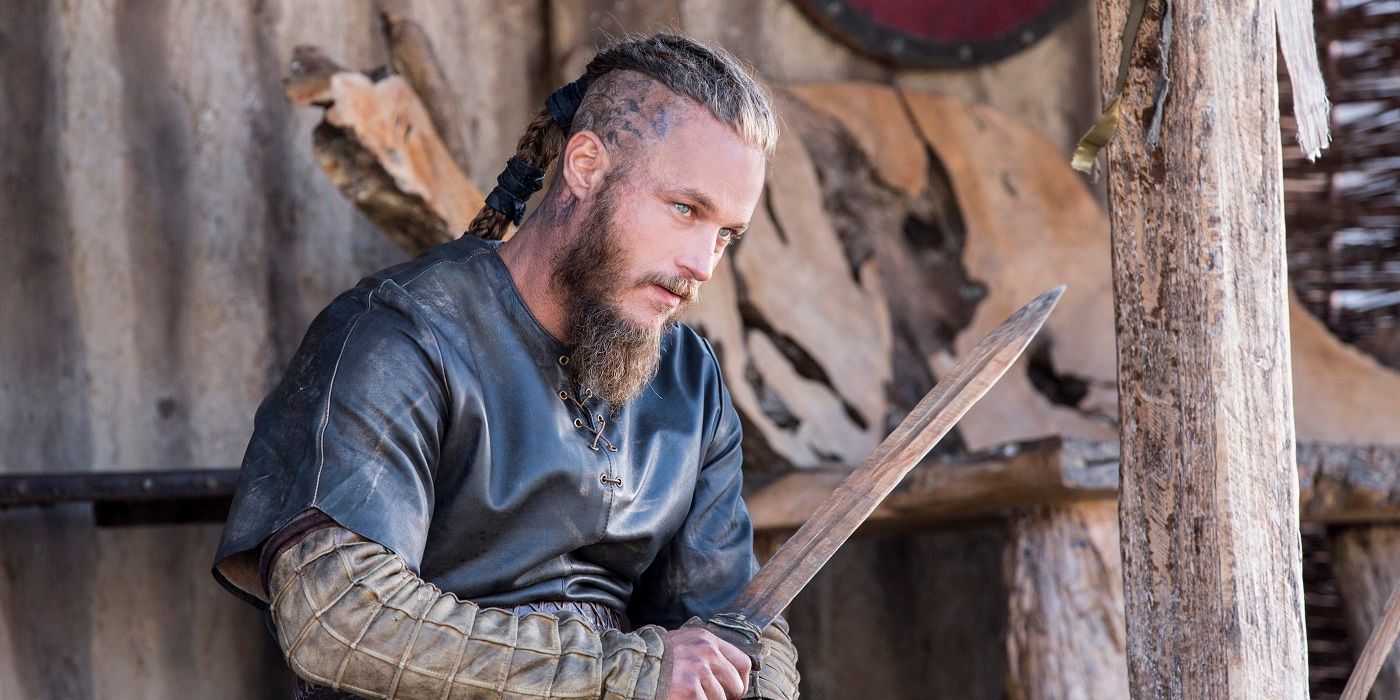
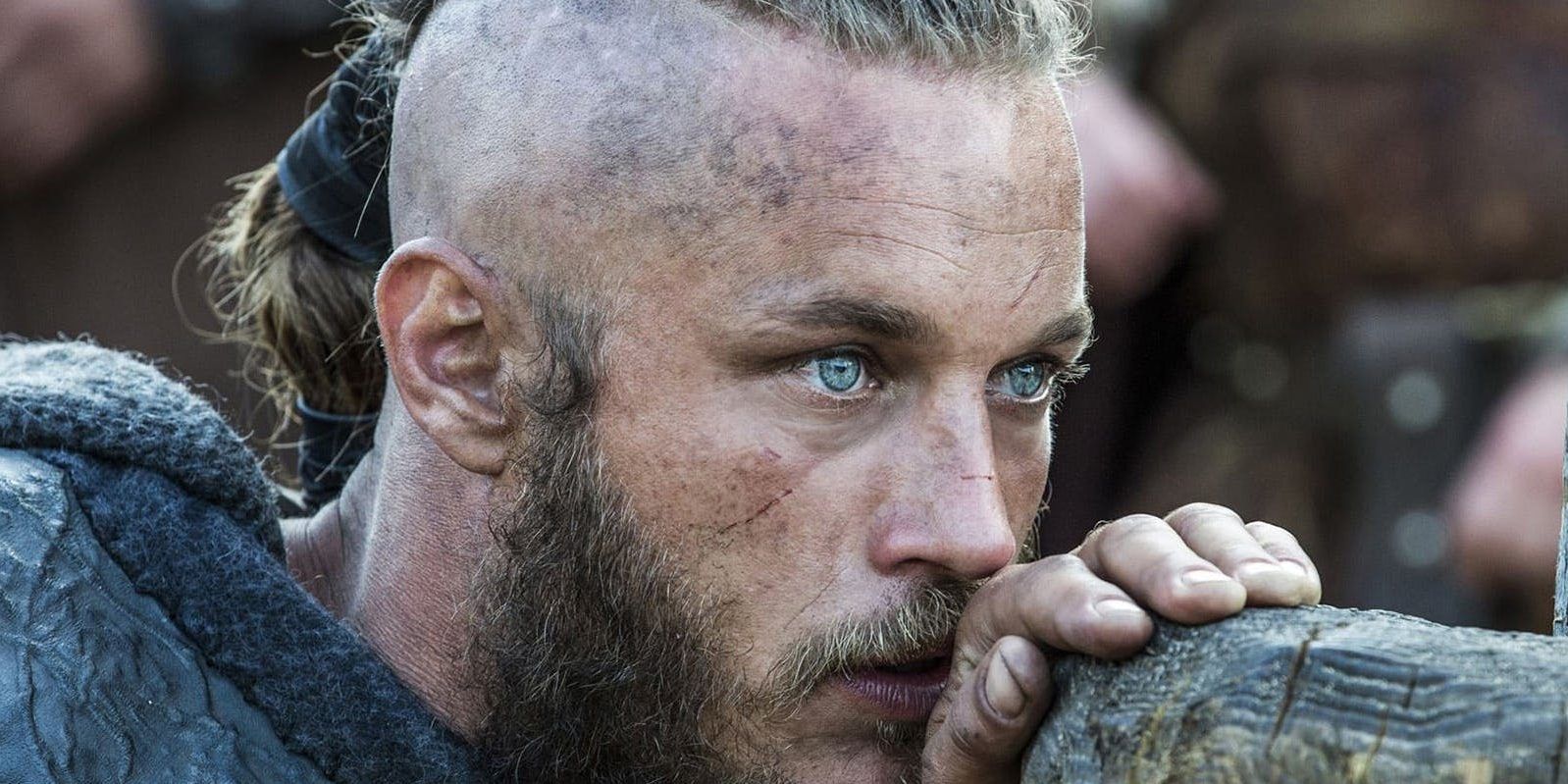
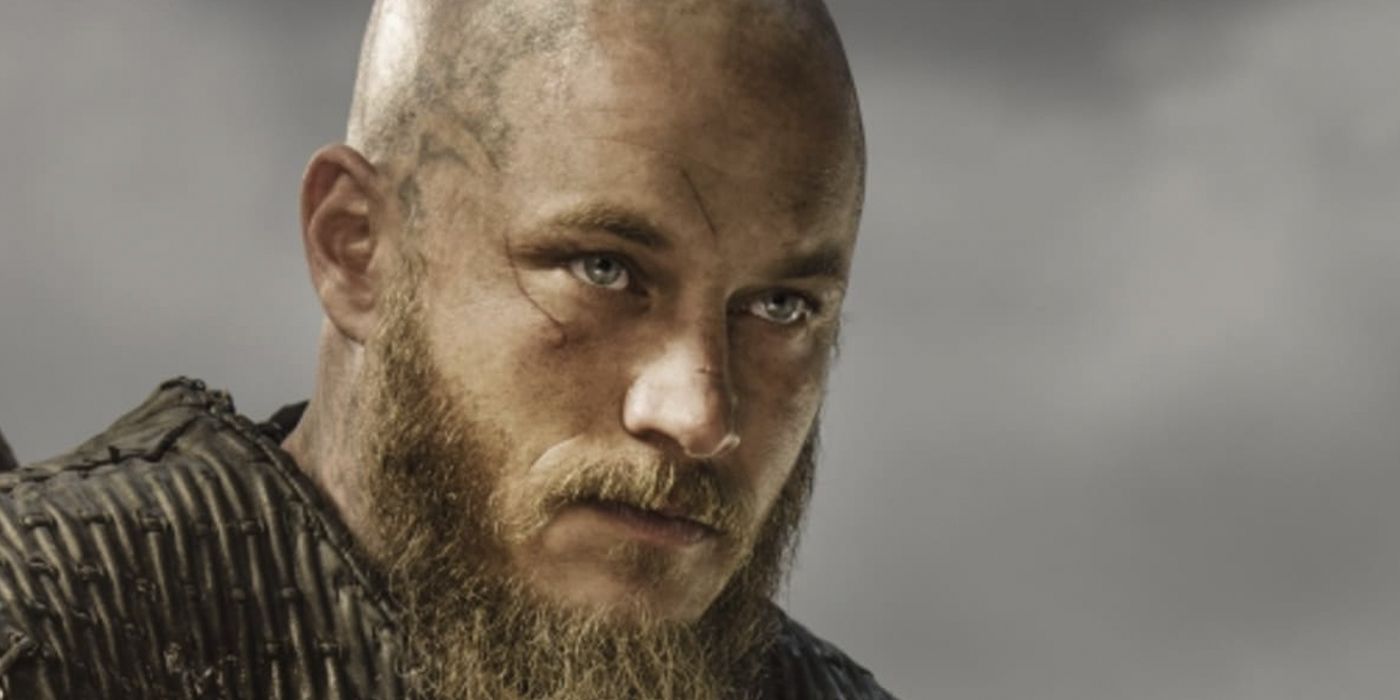





Vikings is full of many historically inaccurate moments, especially when it comes to the portrayal of certain characters and key events. However, when viewed from a broader perspective, its portrayal of Viking culture is surprisingly accurate. This is somewhat unsurprising given that the first season debuted on The History Channel, a network known mostly for documentaries, but the dedication to portraying the foundations of Viking society as true-to-historical accounts as possible is still something Vikings has been rightly praised for.
Aspects of the show such as how the Vikings treated slaves, their dedication to raiding and exploration for reasons beyond the typical bloodlust Hollywood portrays them as having, and their family and leadership structures were all the product of intensive historical research. While there were some liberties taken when it comes to, for example, a few of the specific faith-based practices of Ragnar Lothbrok and the other Vikings characters, the show still did an admirable job of portraying their day-to-day lives faithfully to historical records.
The Siege Of Paris Really Happened
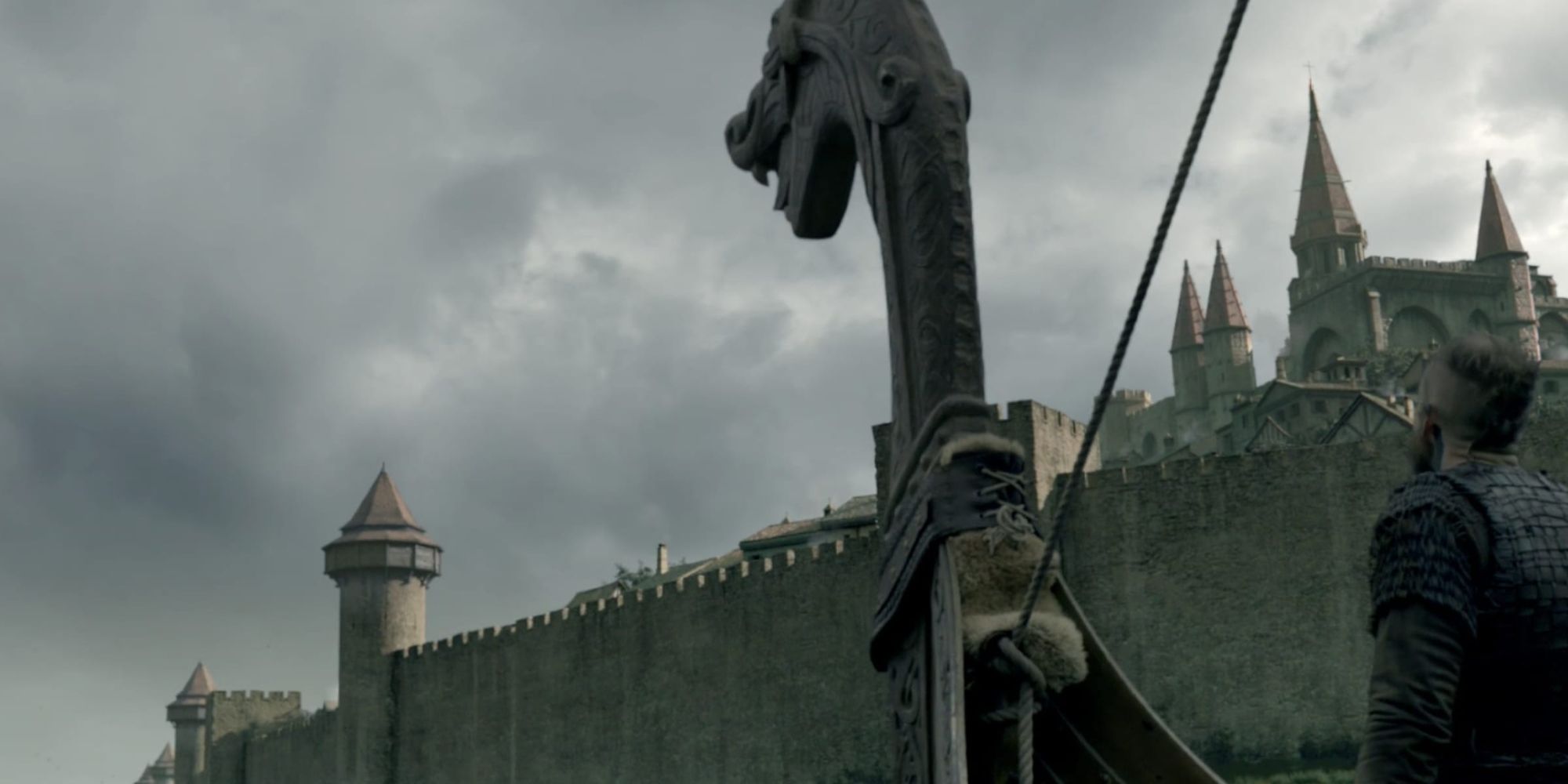

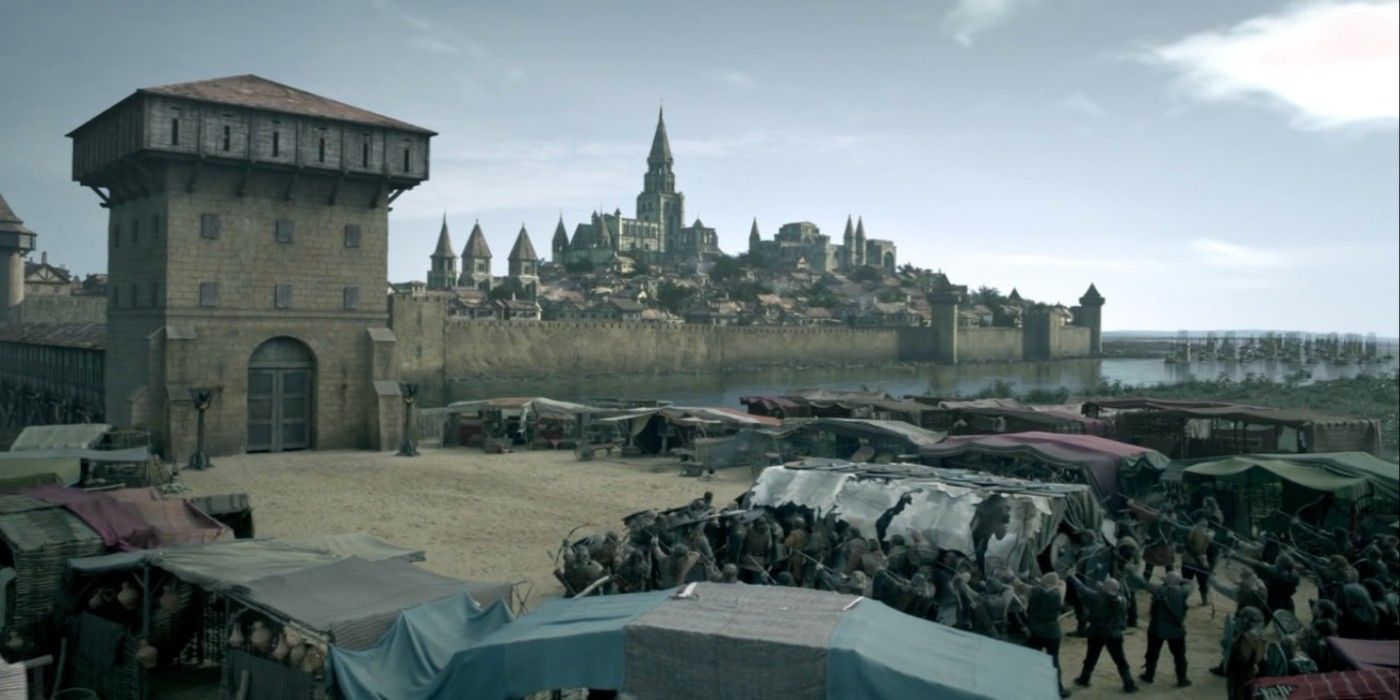
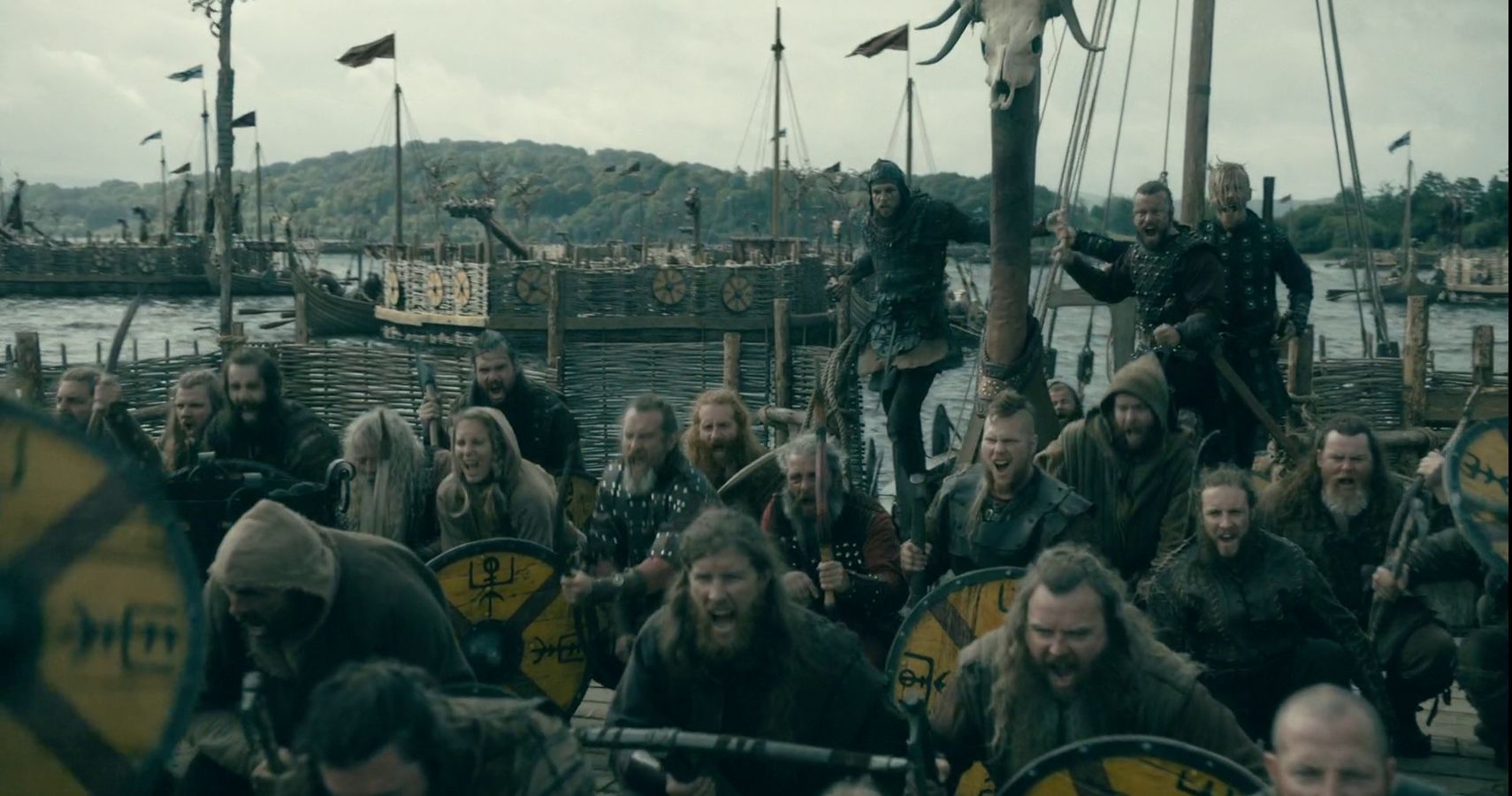
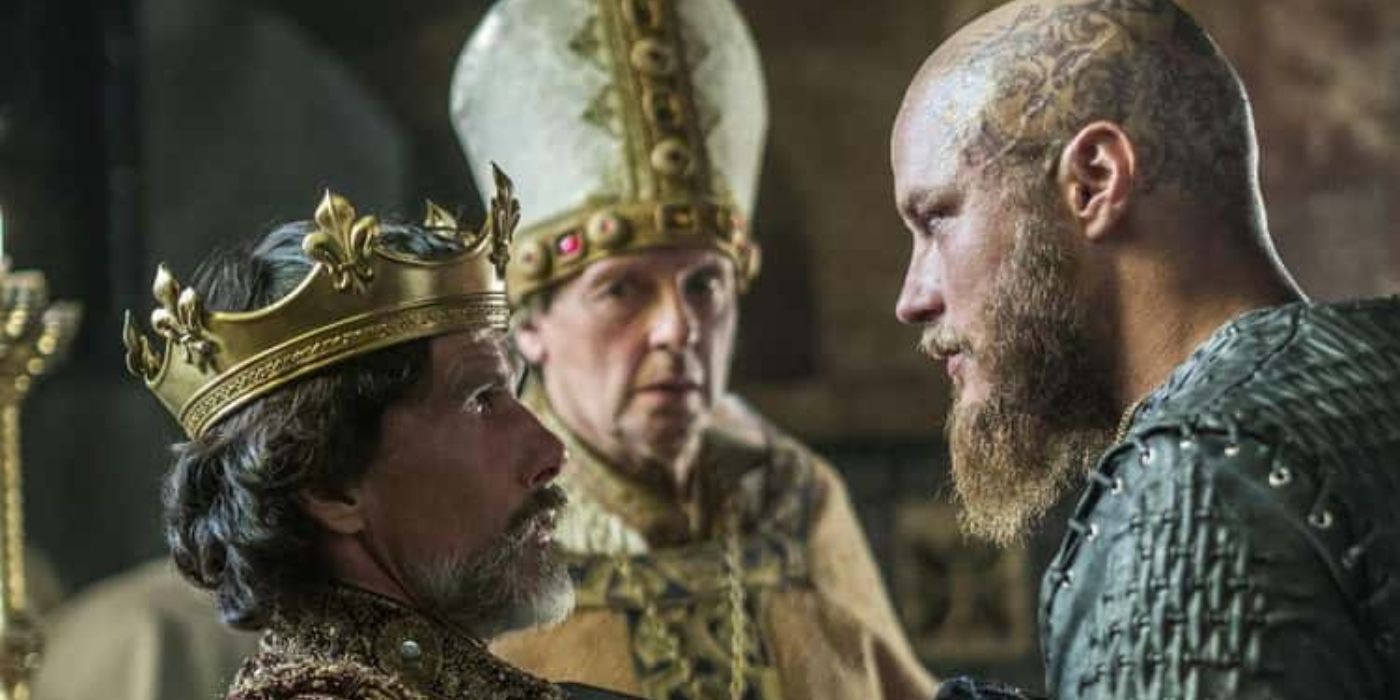





Of all the epic battles in Vikings, the Siege of Paris in season 3 was by far one of the most spectacular. However, of all the conflicts in the show, it’s also one that many presume was made up. It’s easy to see why — Paris is an instantly recognizable location, and having a medieval conflict there between the famed Norse warriors and the armies of West Francia created a great narrative talking point. What’s more, most studies of Viking history tend to focus on their activities in Scandanavia and England rather than France. However, the Siege of Paris was a real conflict, and real-life Vikings did indeed lay siege to the famed French city just as Vikings depicted.
Vikings did change a few details, such as the time-frame (the real siege happened in 845 rather than 804, as the show depicted), but the overall nature of the siege was completely accurate. This is even true to the point that one of the figures many historians believed contributed to the legend of Ragnar Lothbrok (namely the Norse chieftain Reginherus) was present at the real siege.
While Reginherus, one of the many historical figures that could have been Ragnar Lothbrok, didn’t contract an illness after the siege like Ragnar did in Vikings , many real Viking warriors did succumb to the plague following the historic Siege of Paris.
Rollo’s Personality
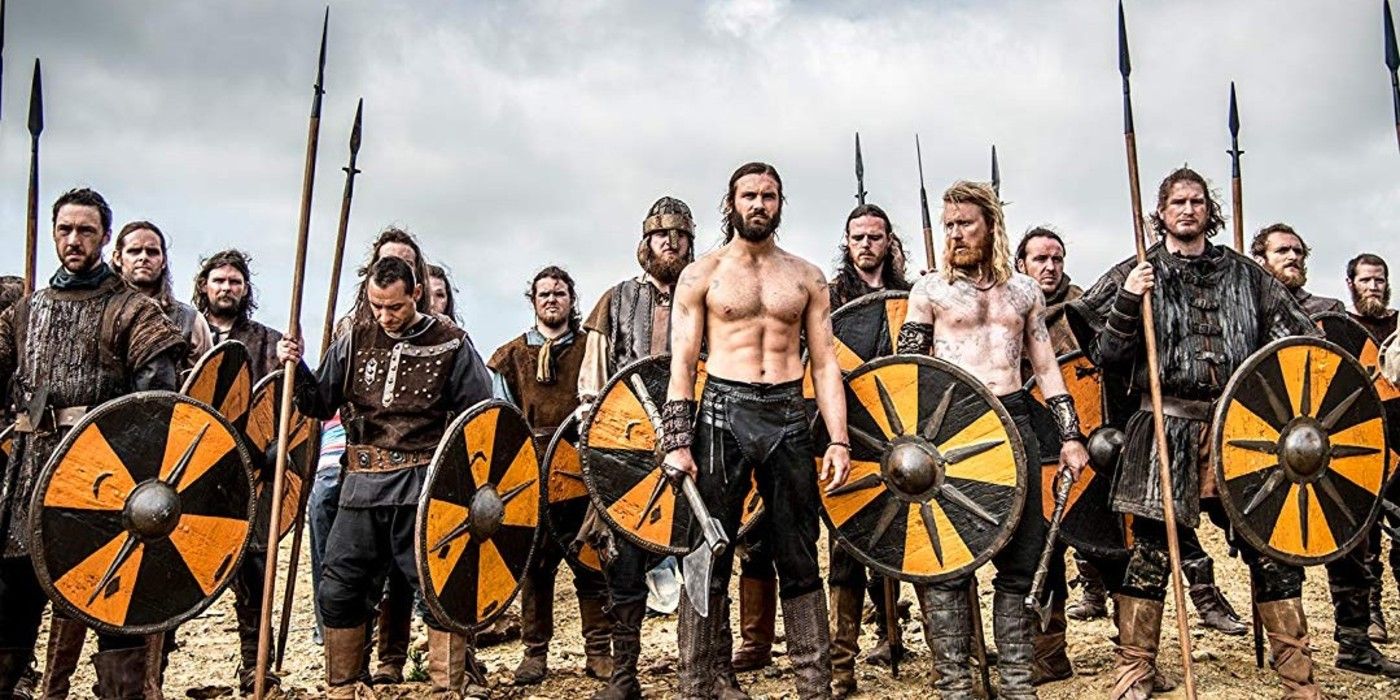
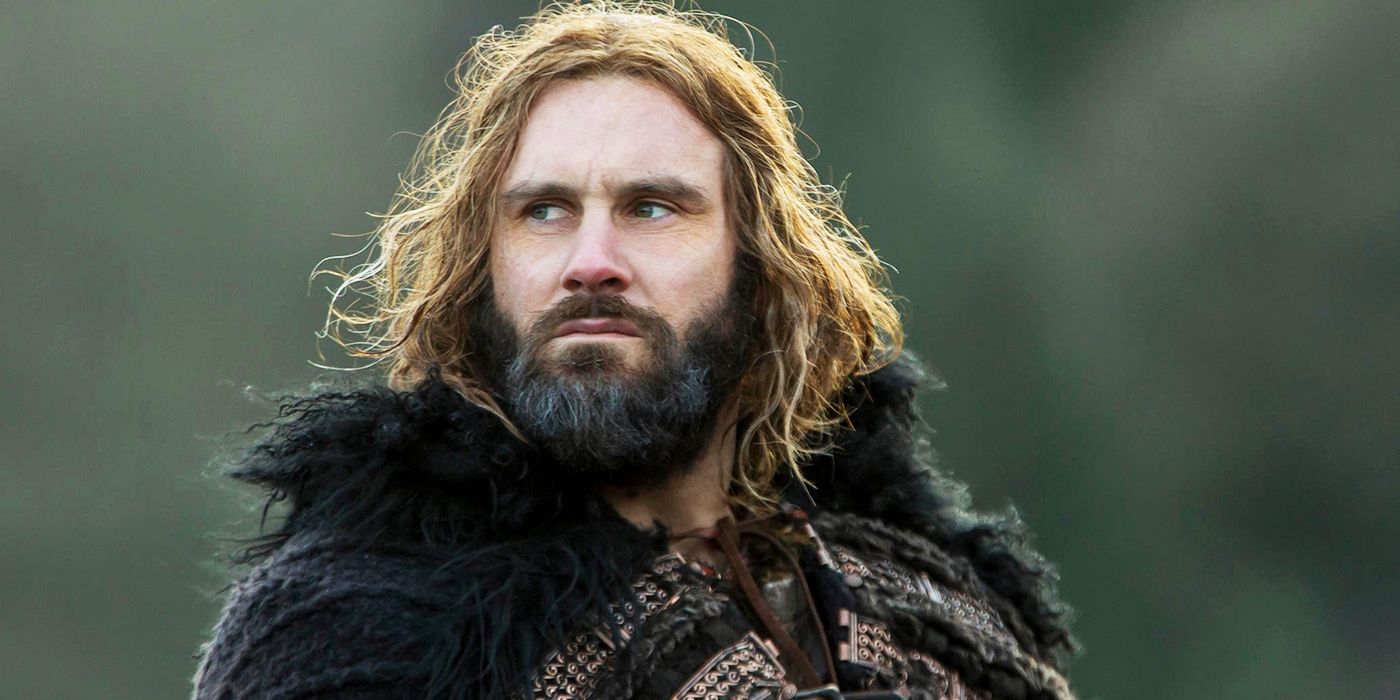
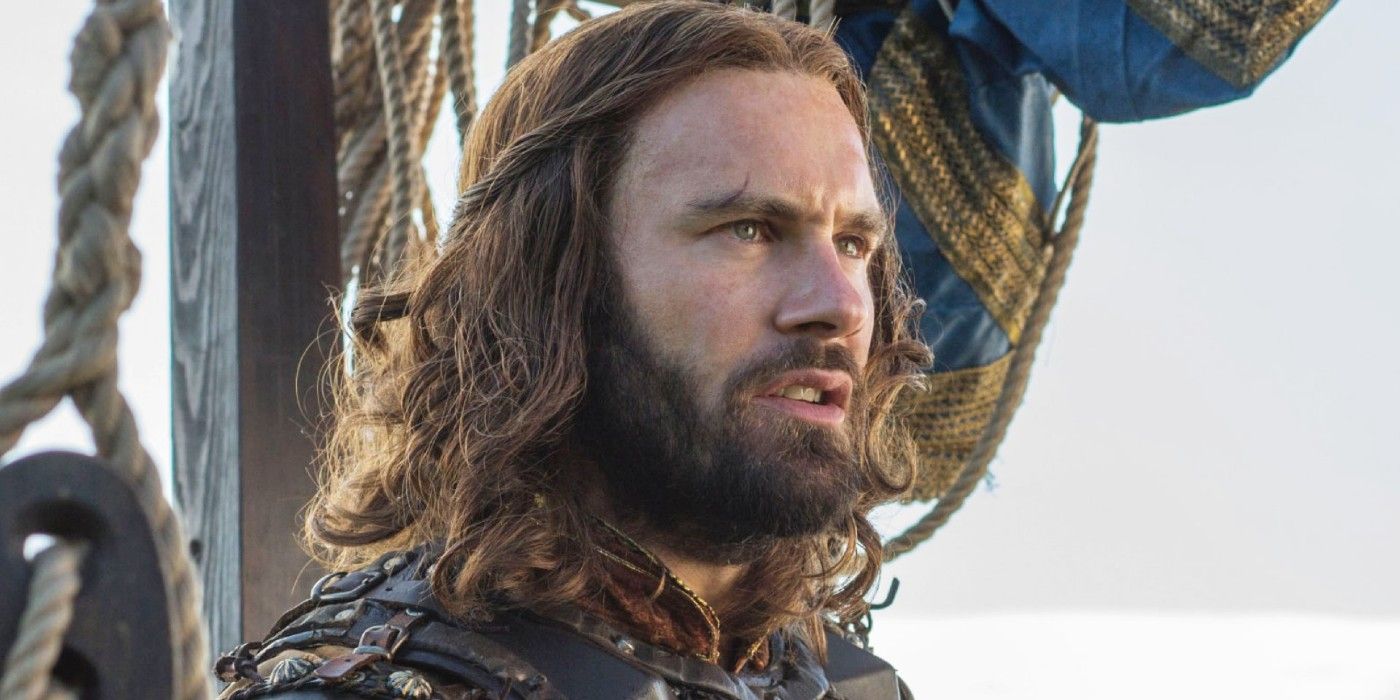
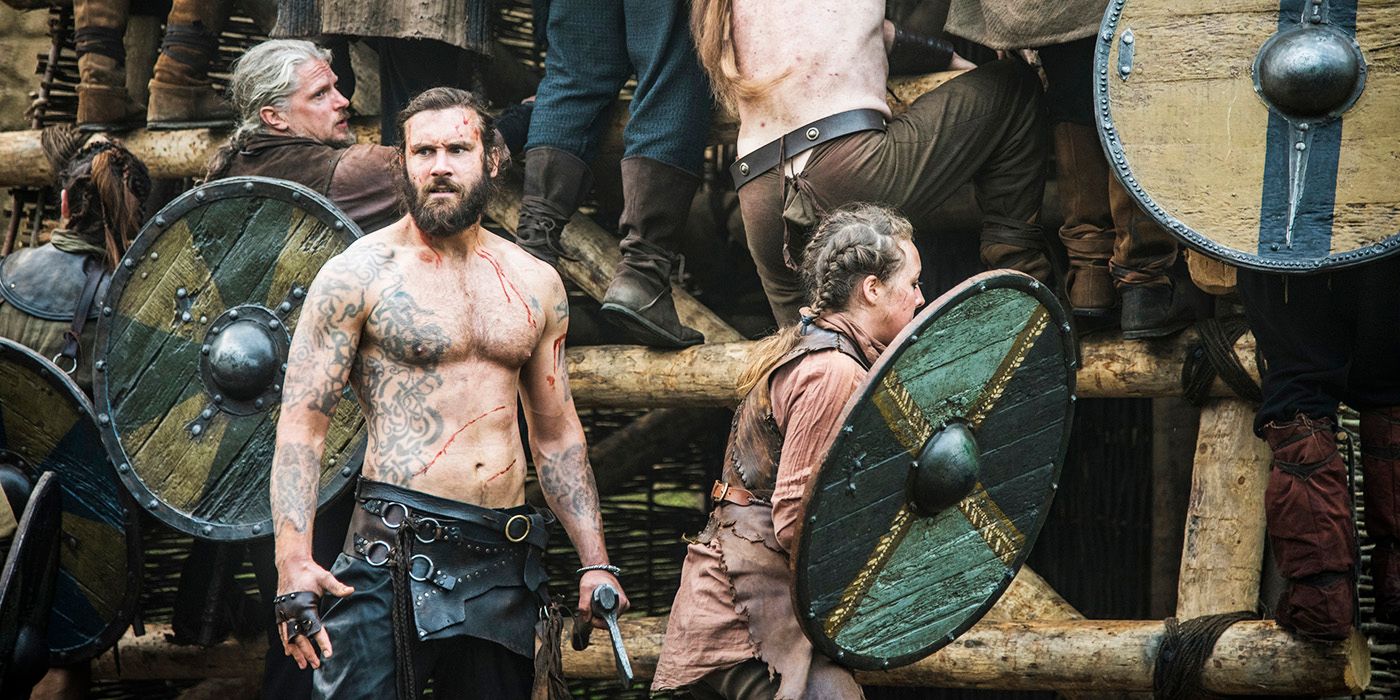
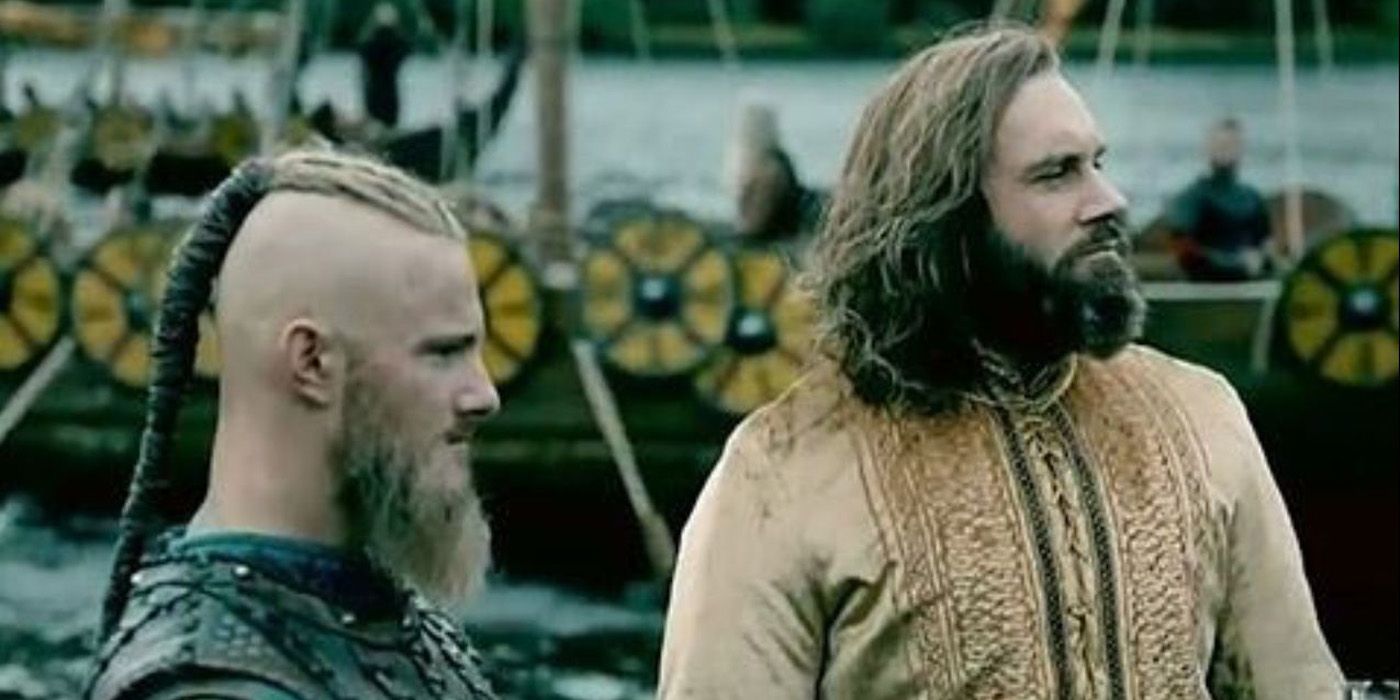





Though a fierce warrior, Rollo was known by history to be an impulsive, jealous man. As the first Duke of Normandy, he left behind some of his previous life to meld better with other Anglo-Saxon cultures. However, it is historically unconfirmed if he was a Viking in origin. The real Rollo did a good job of covering up his past, and details of his early life have subsequently been lost to the annals of time. A conqueror and leader, he led Normandy his own, brutish way.
The real Rollo of Normandy died between 928 and 933, and while there is dispute among historians, it’s generally accepted he was born somewhere in Scandinavia.
The real Rollo of Normandy died between 928 and 933, and while there is dispute among historians, it’s generally accepted he was born somewhere in Scandinavia. One thing Vikings got right was his brutality, and his family survived many generations in power only because of their fiercely militaristic and ruthless nature. As far as comparing history and Vikings goes, the story seems to have his personality, even if they altered some serious facts about his heritage.
The Viking Aesthetic
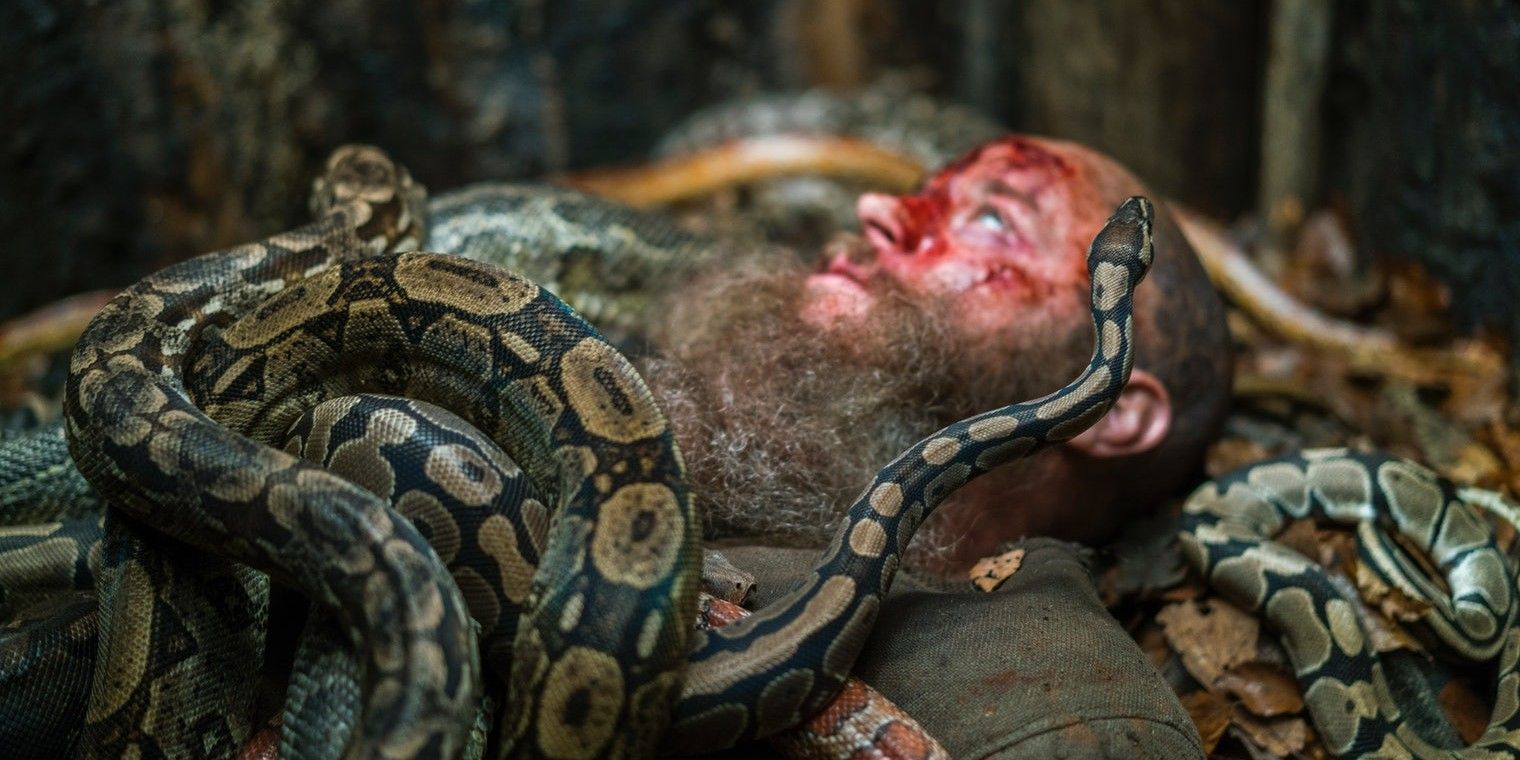
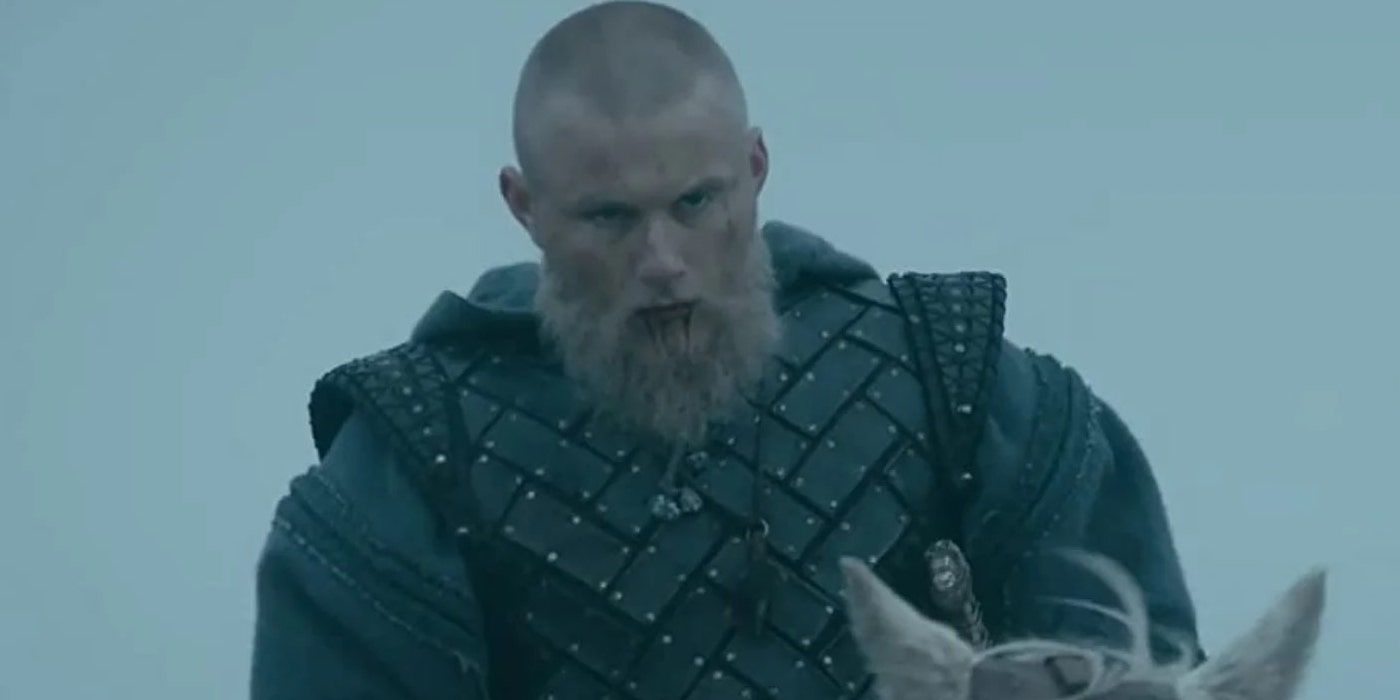
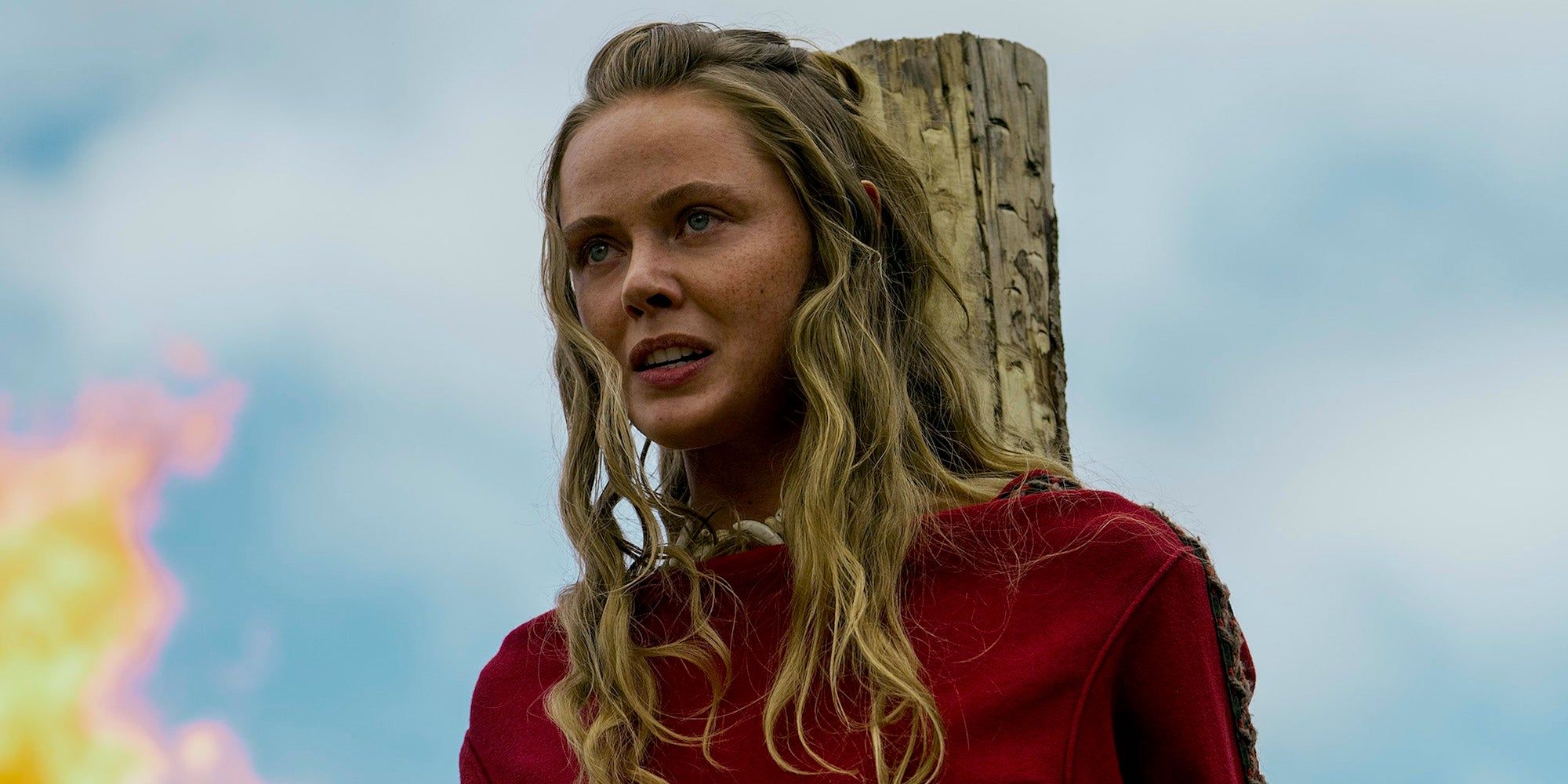
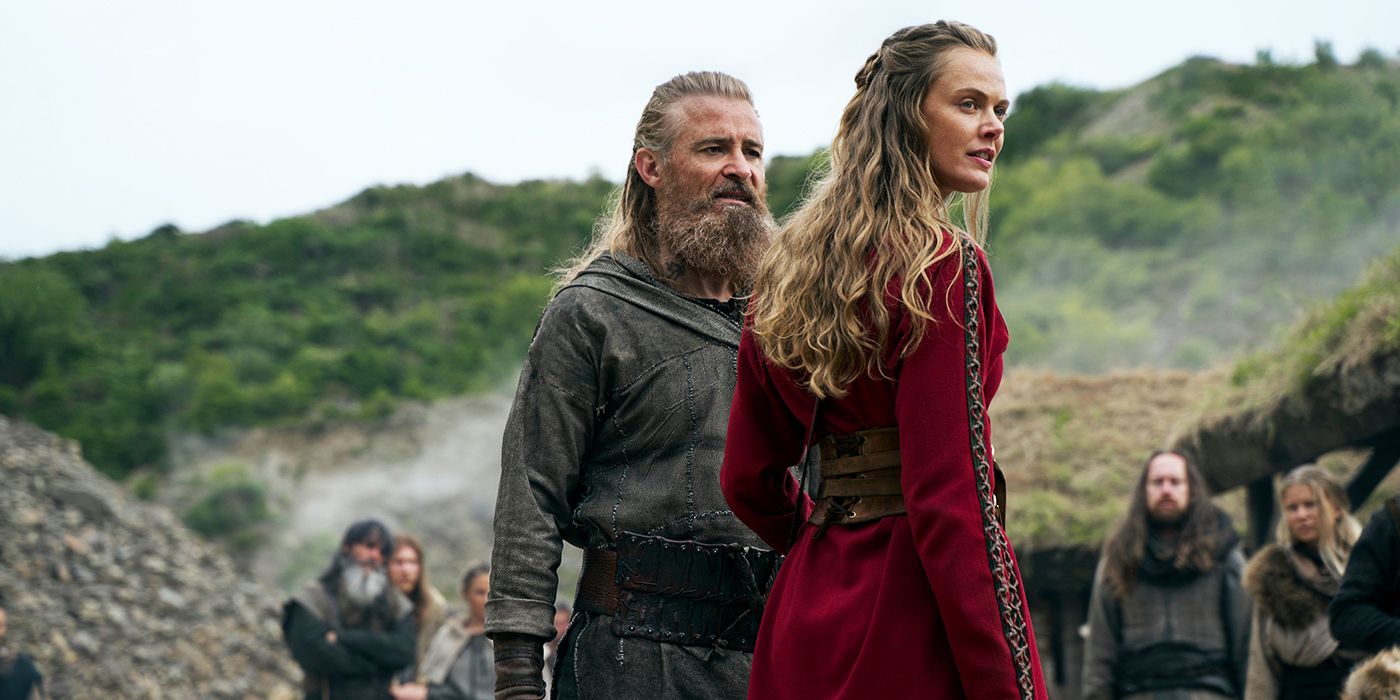
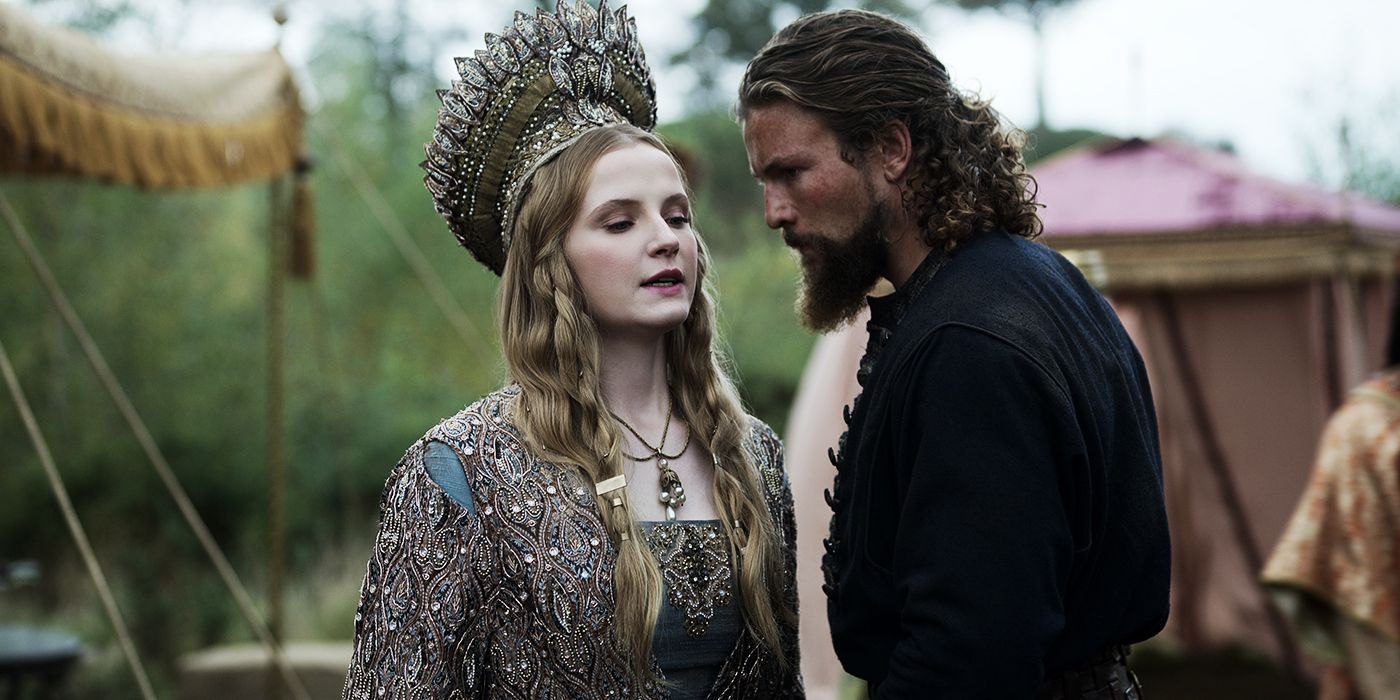





Though the show definitely dolls up its characters to look as attractive and interesting as possible, the Viking look they give them isn’t fake. Vikings truly gave themselves black-eye paint and favored matted, pleated hairstyles. They reveled in looking fierce and wild, even if their tactics could be much more organized. Or, in some cases, just as wild as they looked.
They may have had few rules of combat and each group had their own unique laws and customs, they remained strong and had a cohesive culture that permeated throughout the various tribes and settlements.
Vikings believed in looser social rules and heat-of-the-moment battle. They may have had few rules of combat and each group had their own unique laws and customs, they remained strong and had a cohesive culture that permeated throughout the various tribes and settlements. They could intimidate any foe with eye makeup like that, and this aspect is one thing in Vikings that was incredibly accurate to history.
Ragnar’s Sons
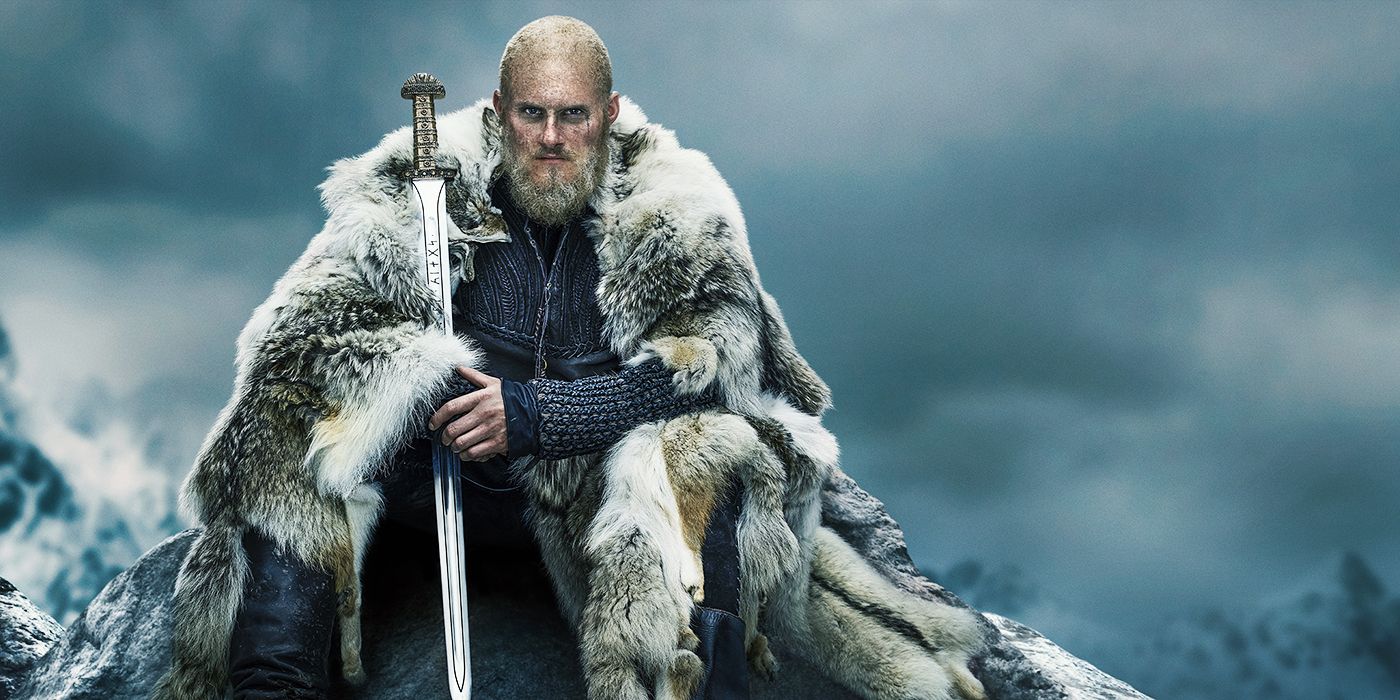
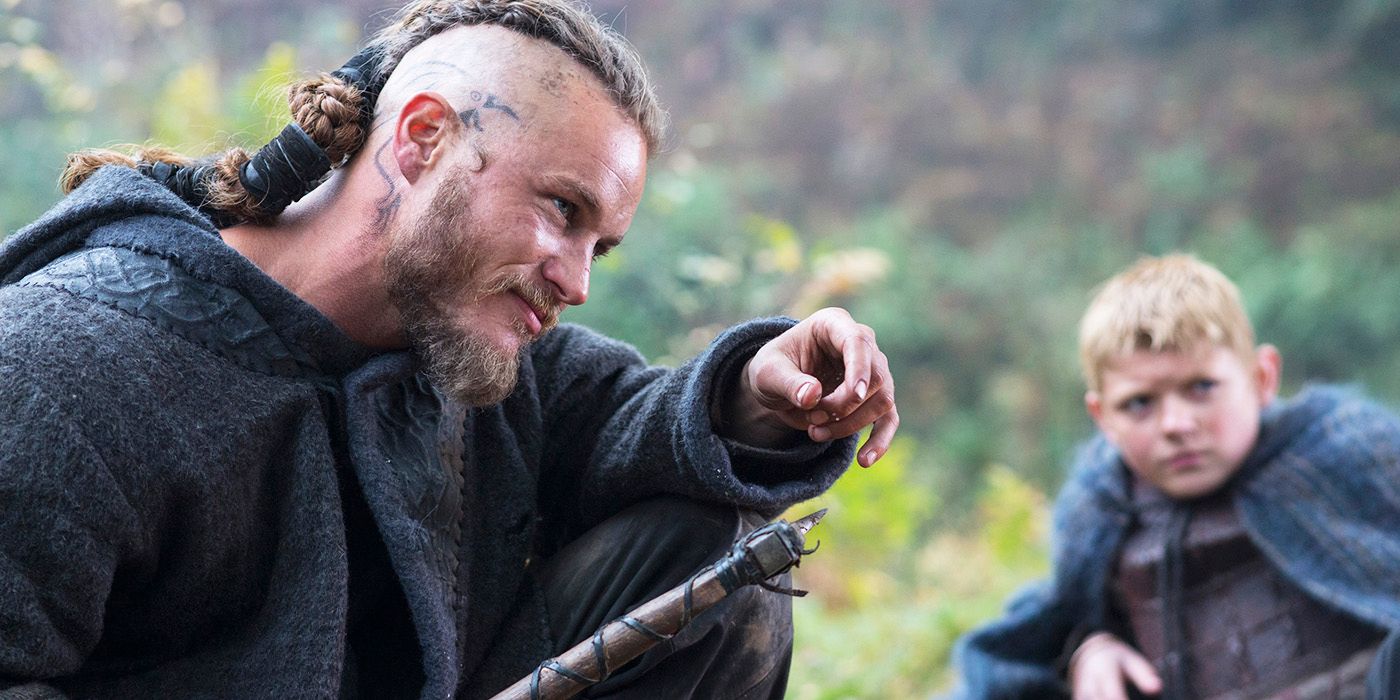
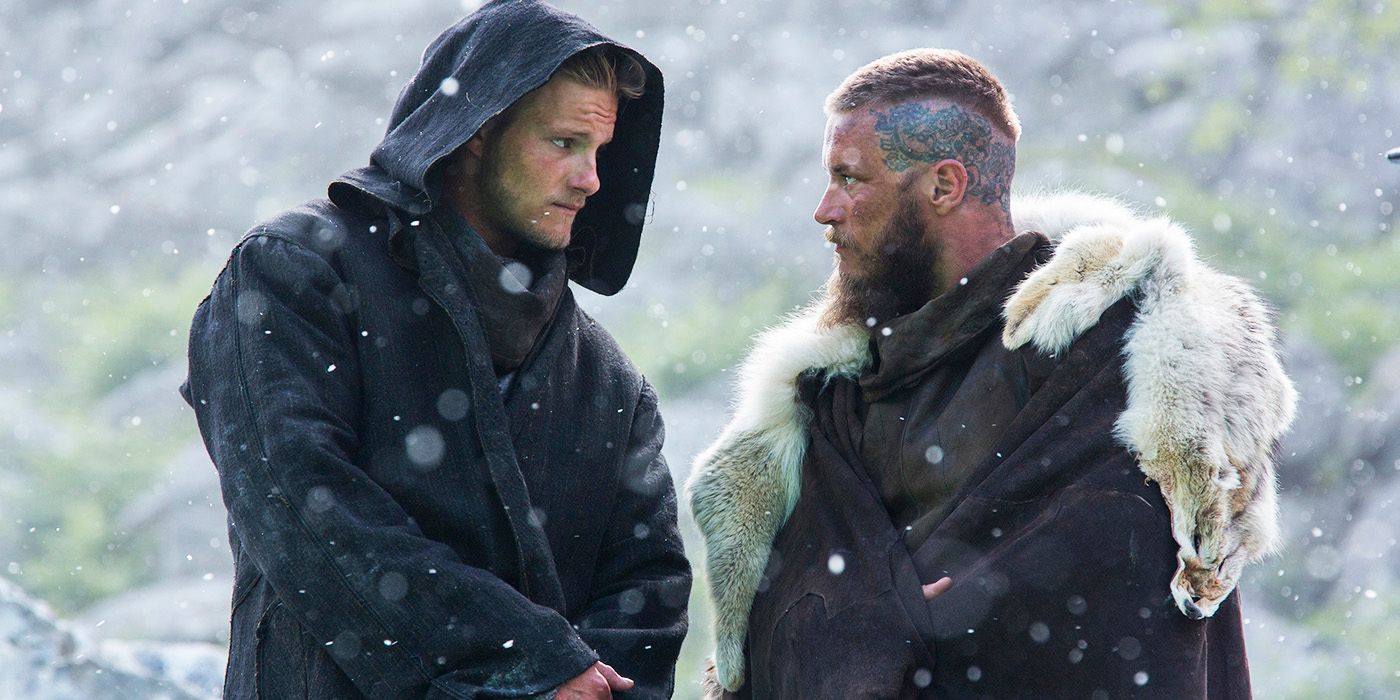
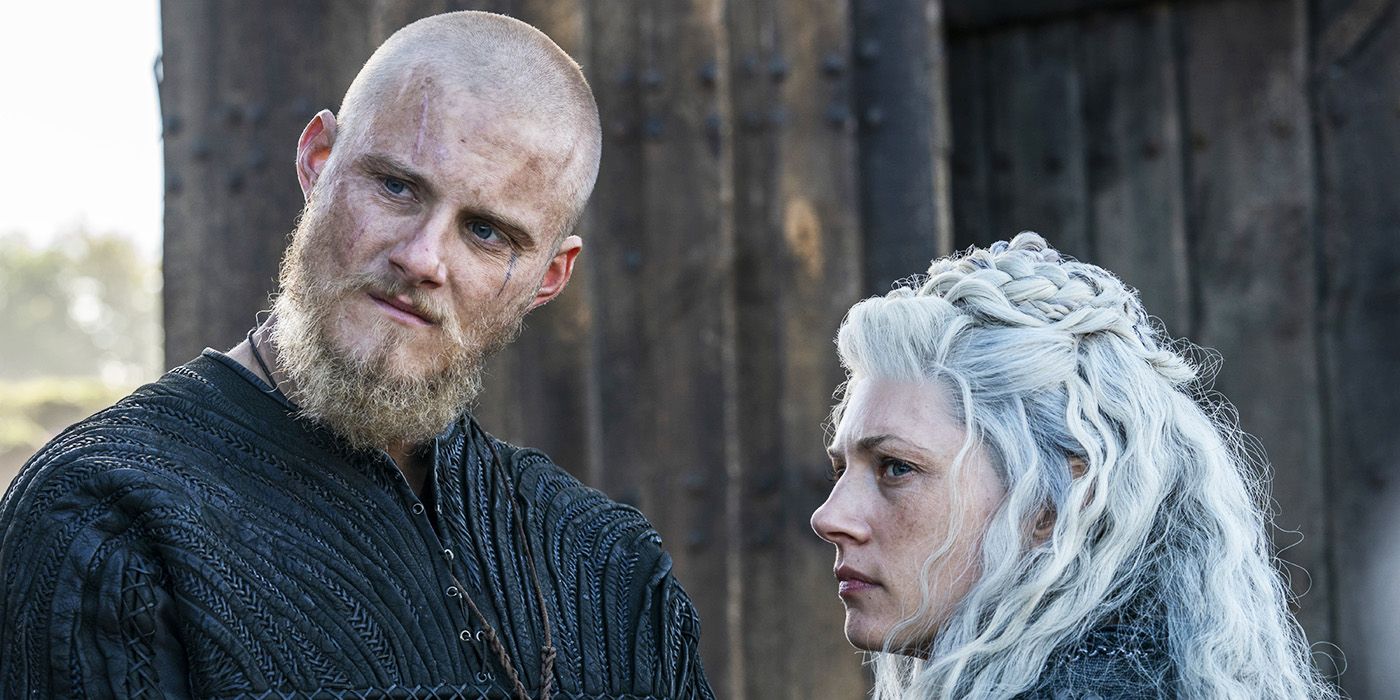
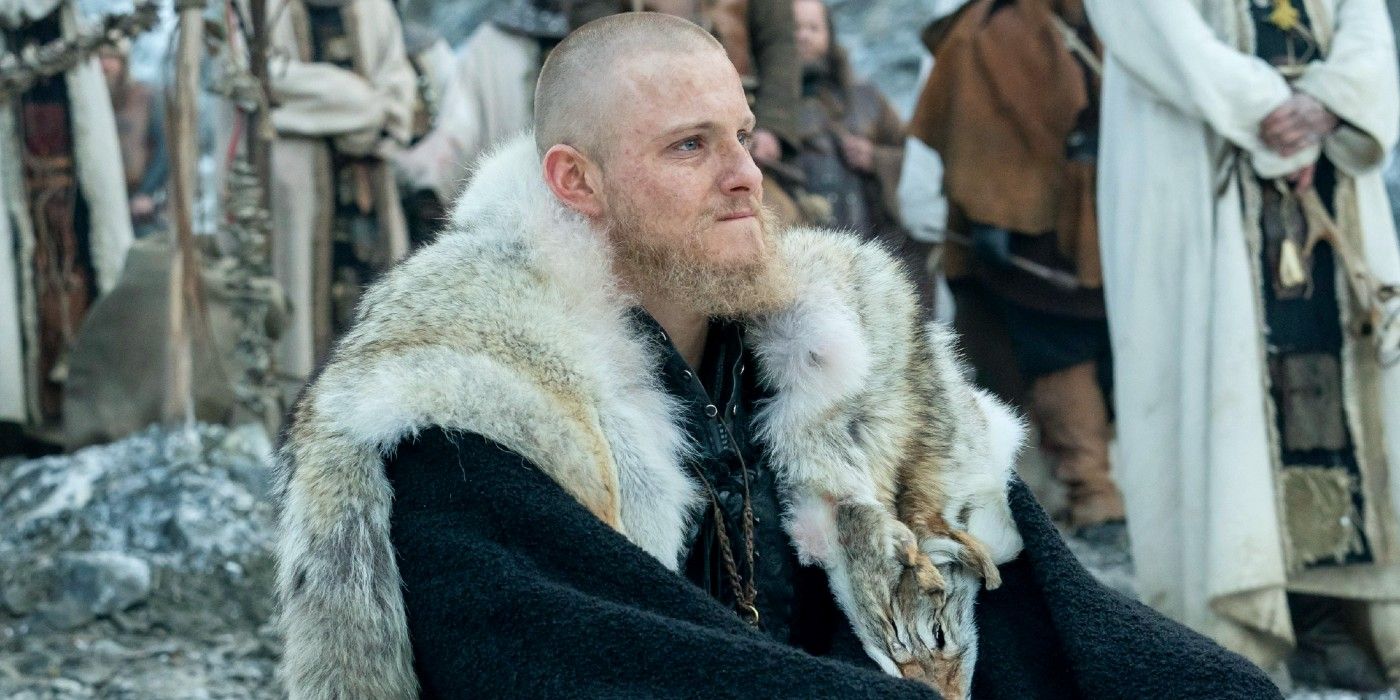





Though Ragnar is near mythic, and almost all details of his life are debated by historians, none of his sons are. All of his sons are taken from real warriors and leaders of history. Though none of them can be confirmed as his real sons, they a made a great impact during their lifetime, something Vikings portrayed accurately. Bjorn Ironside was a real Swedish Viking chief who spearheaded a Swedish royal dynasty. Ivar The Boneless and Ubbe invaded England. Sigurd became King of Denmark.
All of these men’s names were included in certain tales of Ragnar’s sons.
All of these men’s names were included in certain tales of Ragnar’s sons. So, while it’s unconfirmed, it’s not impossible that they were indeed his sons. Regardless of their parentage, most all of these sons were real Vikings, and many of whom became great kings that helped shape and change Europe.
Women Warriors
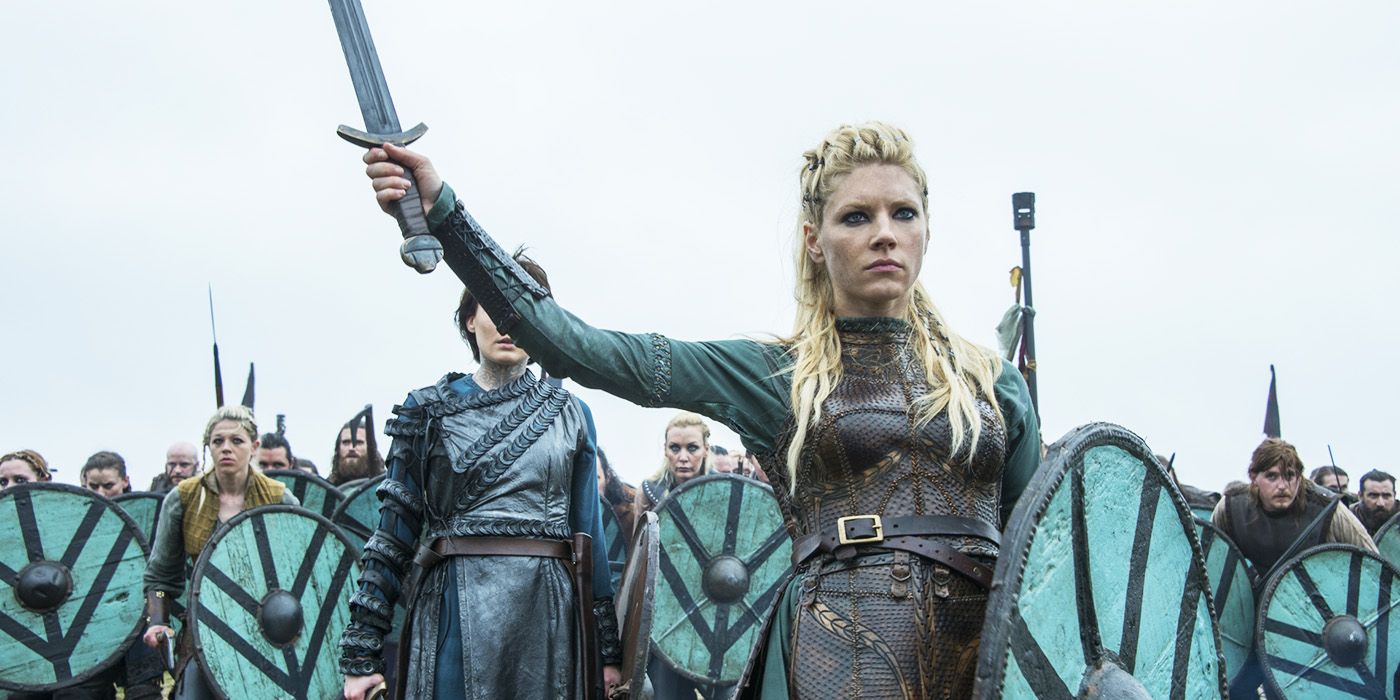
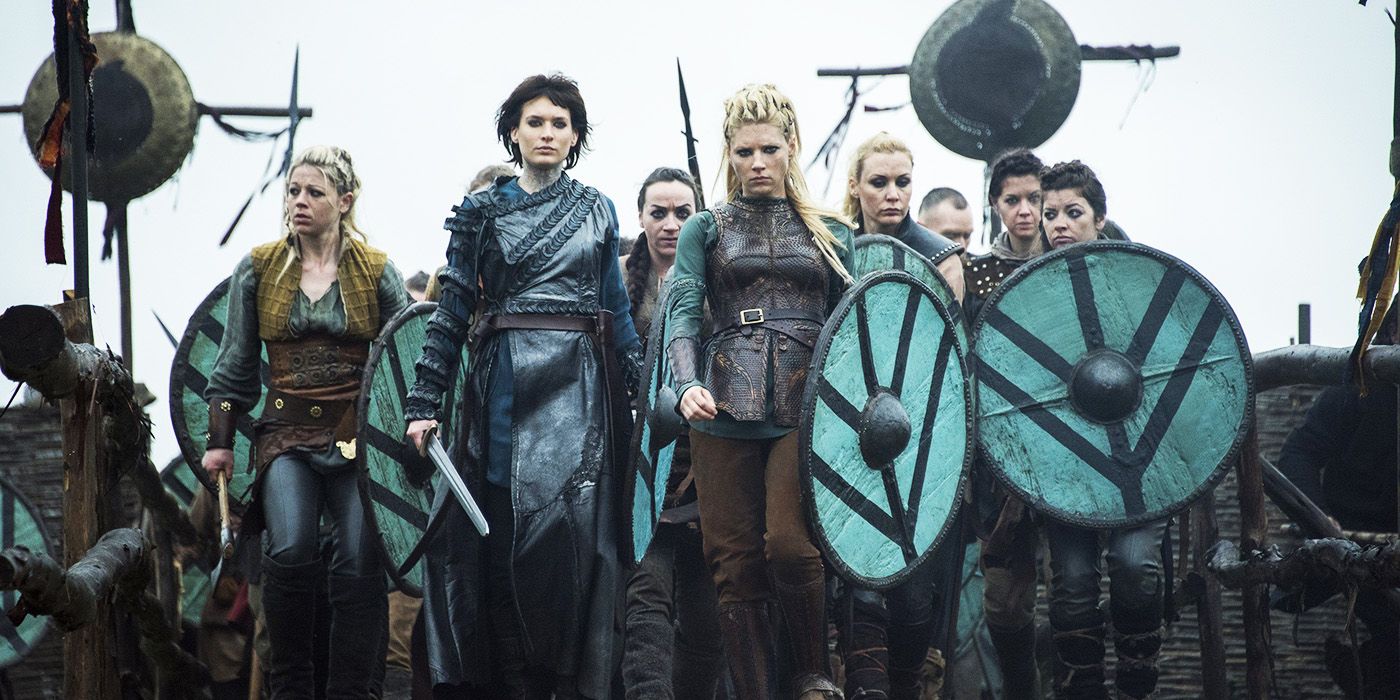
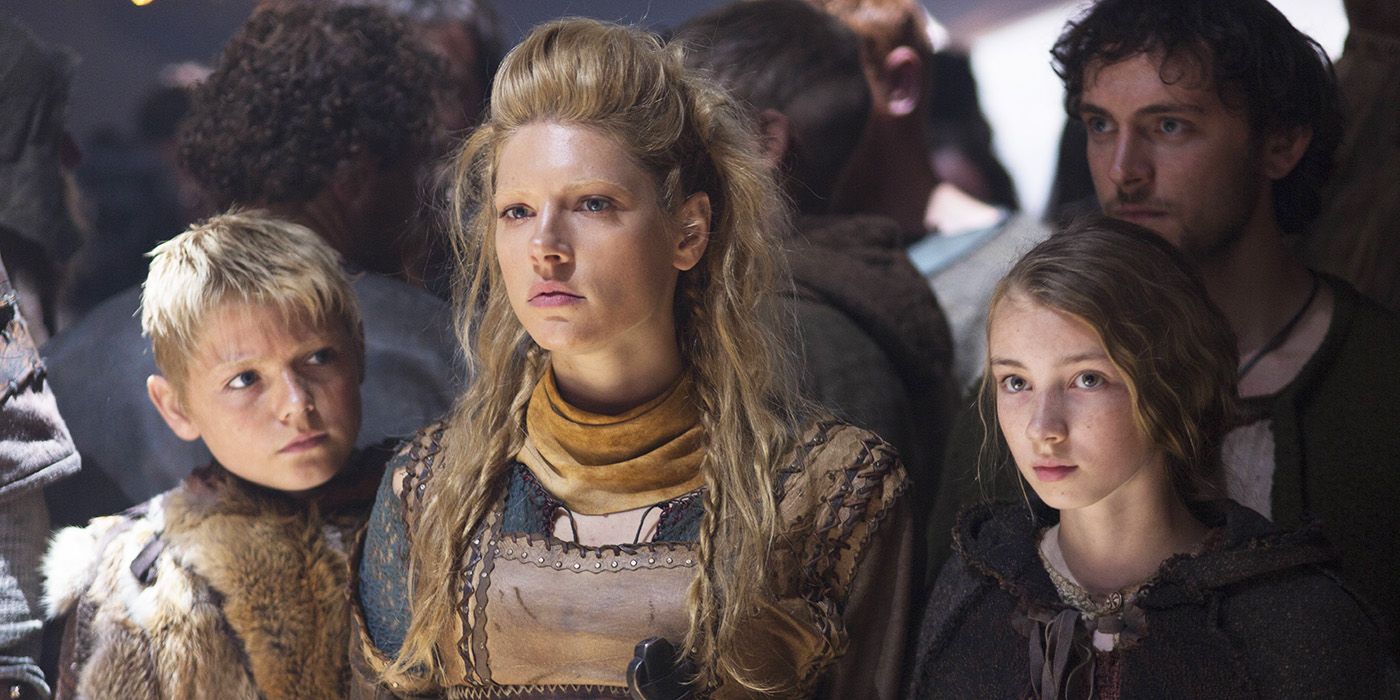
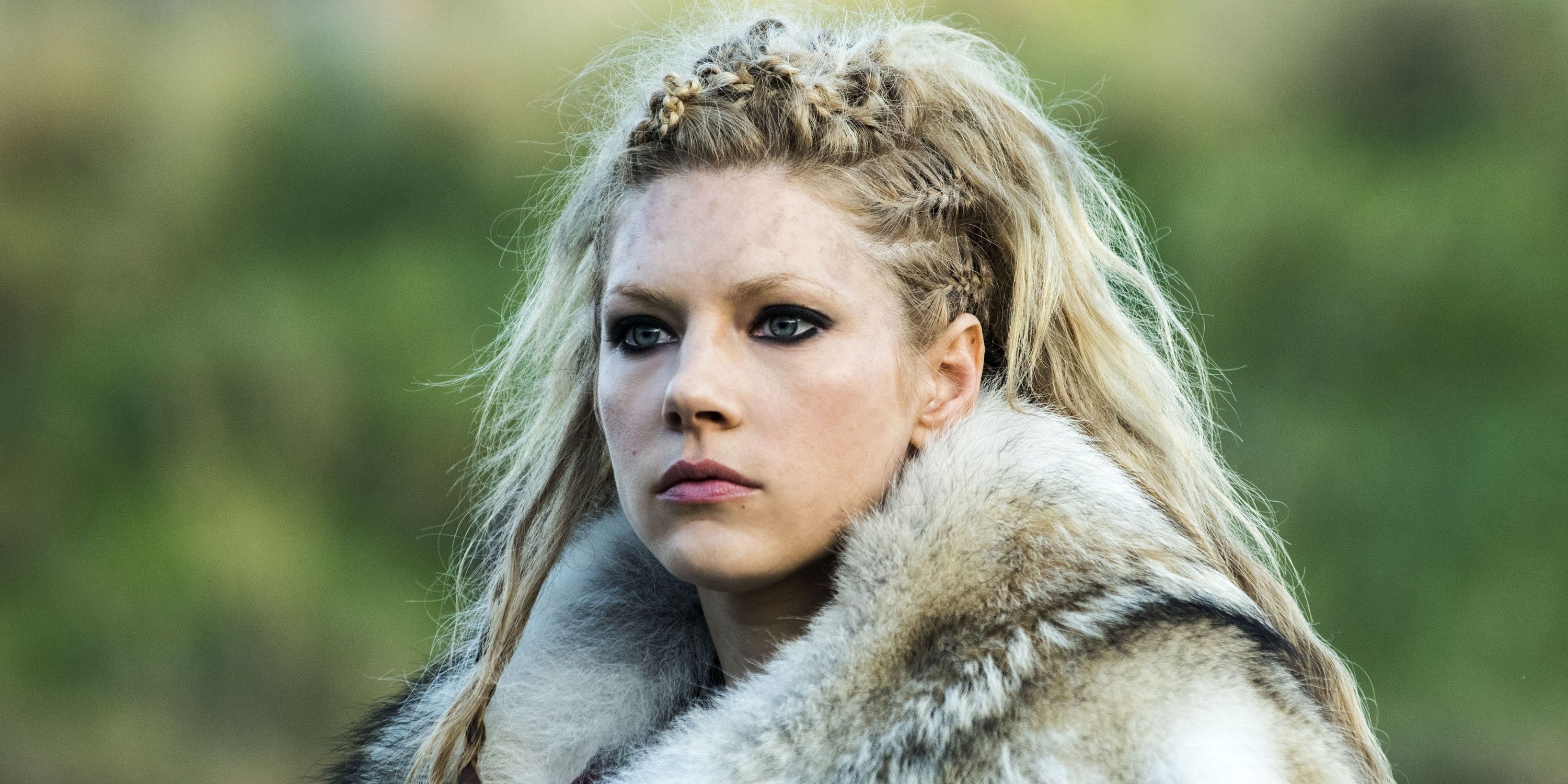
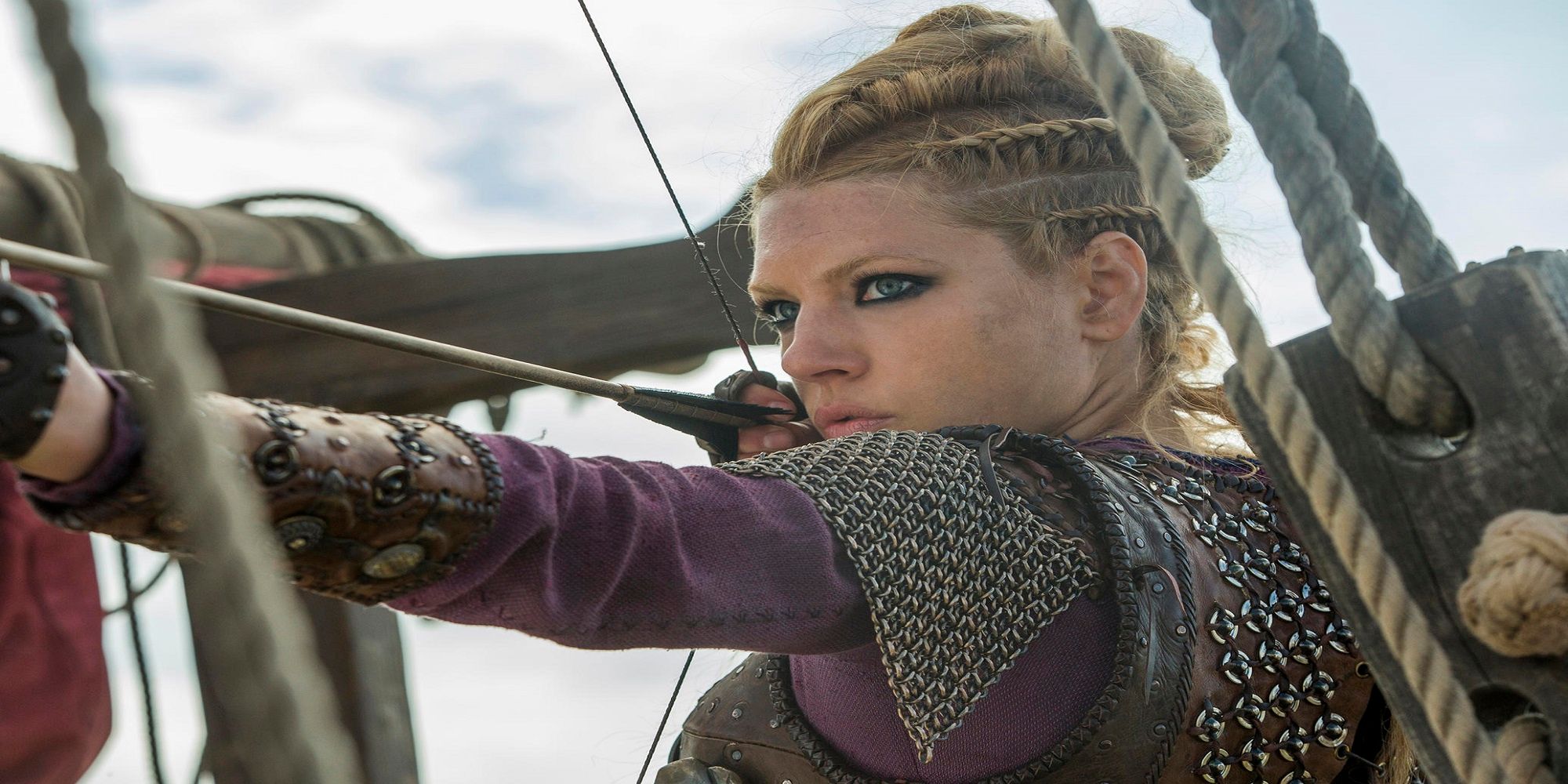





Whether women had as prevalenta place in society as Vikings portrayed is a bit complicated, because the general answer is yes. Strong, warrior women were real in Viking culture. However, they still weren’t as involved to the extent Vikings portrays it. Fitting to modern sensibilities, Lagertha is portrayed as an intimidating warrior and leader. The truth however, is that any real shield-maidens were very few and far between. Moreover, they were rarely given much power in the military. At best, they were just extra forces.
Overall, women had more freedoms and could fight in wars, but it’s doubtful any of them were as powerful, free, or adept in battle as Lagertha.
More commonly, women were trained with a sword and shield to defend their homes or join the men in war only for dire situations. Overall, women had more freedoms and could fight in wars, but it’s doubtful any of them were as powerful, free, or adept in battle as Lagertha.
No Horned Helmets
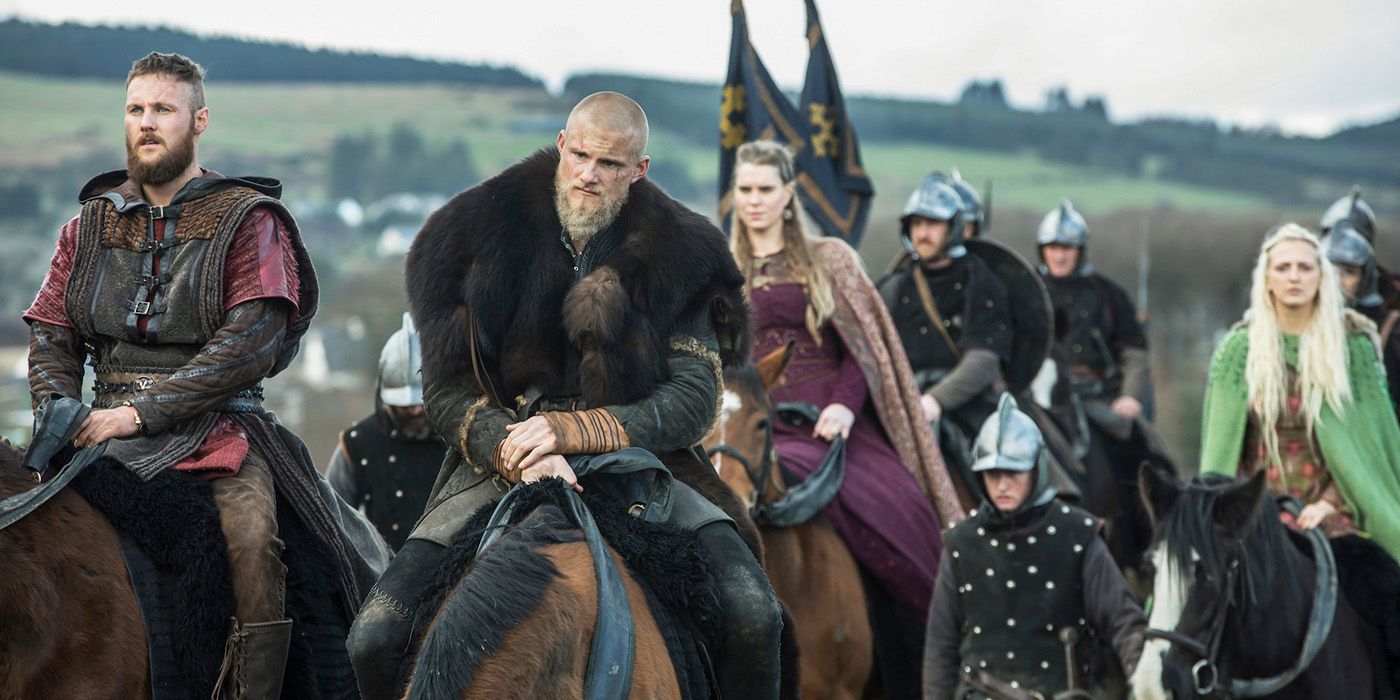

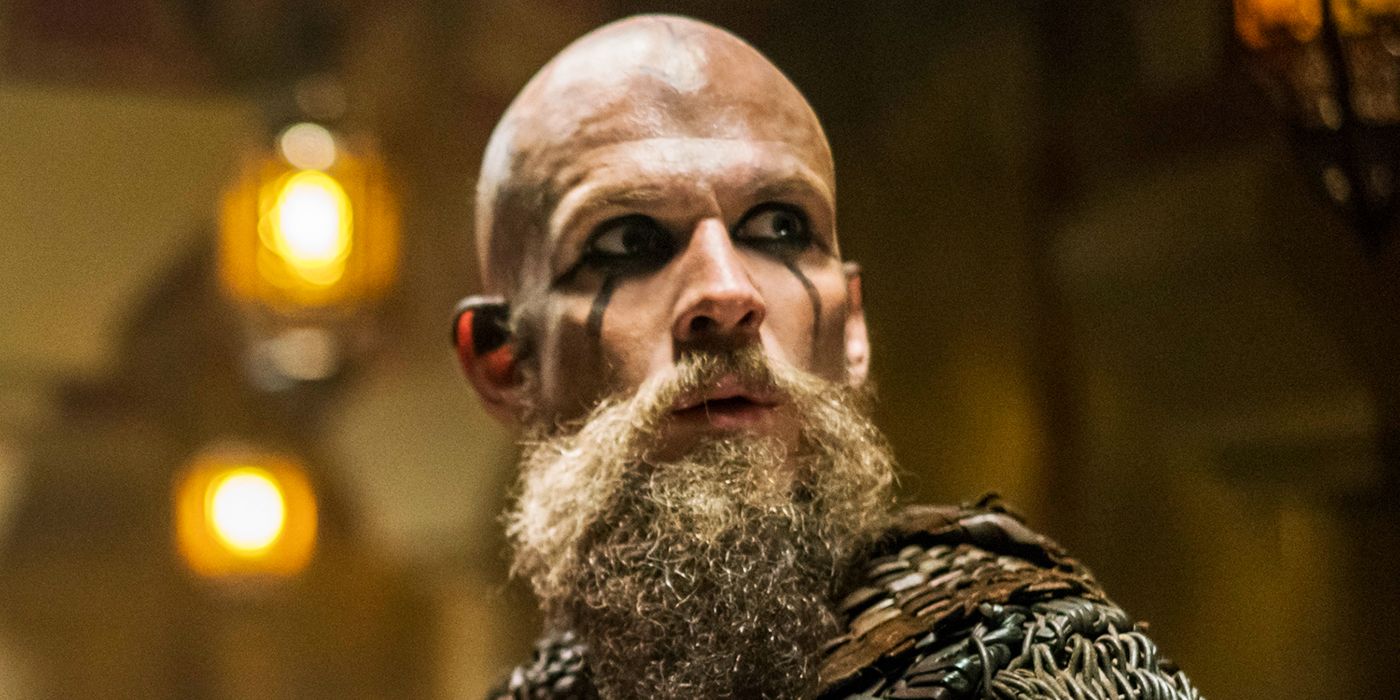
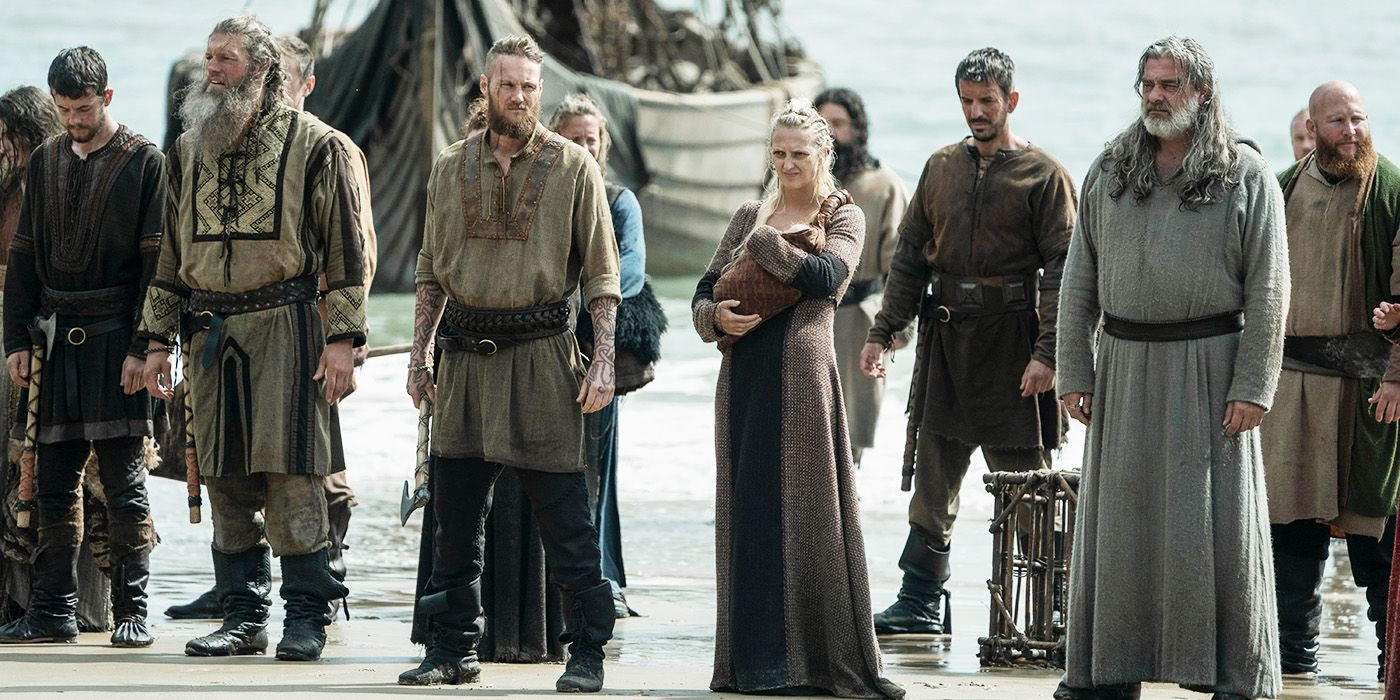
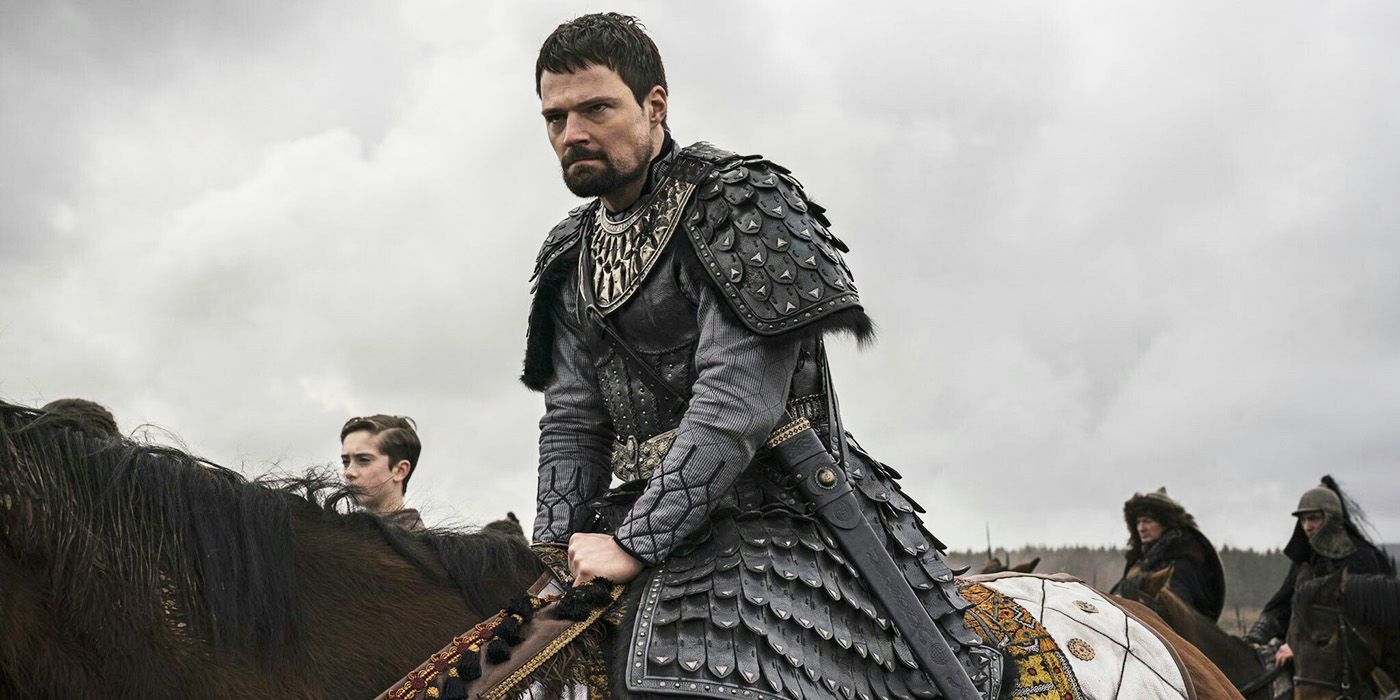





It’s a common misconception that real Vikings wore horned helmets. Various depictions in cinema and games like Skyrim really skewed a lot of people’s ideas of Norsemen, thinking they all wore horned helmets and yelled things. While it seems they did yell a lot, Vikings put the record straight by keeping their characters bare of helmets. The depictions of Vikings with horned helmets didn’t come until much later, in paintings and potrayals created centuries after the Norse warriors had dwindled into antiquity.
It’s impressive that Vikings does its best to at least preserve the true aesthetic, even though they play around with character backstories and timelines a lot.
Vikings did have certain helmets they wore, but they weren’t the iconic horned ones. Between keeping characters recognizable and brushing off those myths, no helmets are just much easier. Many people picture Vikings a certain way, and it’s impressive that Vikings does its best to at least preserve the true aesthetic, even though they play around with character backstories and timelines a lot.
What’s Historically Inaccurate About Vikings
Vikings Didn’t Call Themselves Vikings (And Neither Did Their Friends Or Foes)
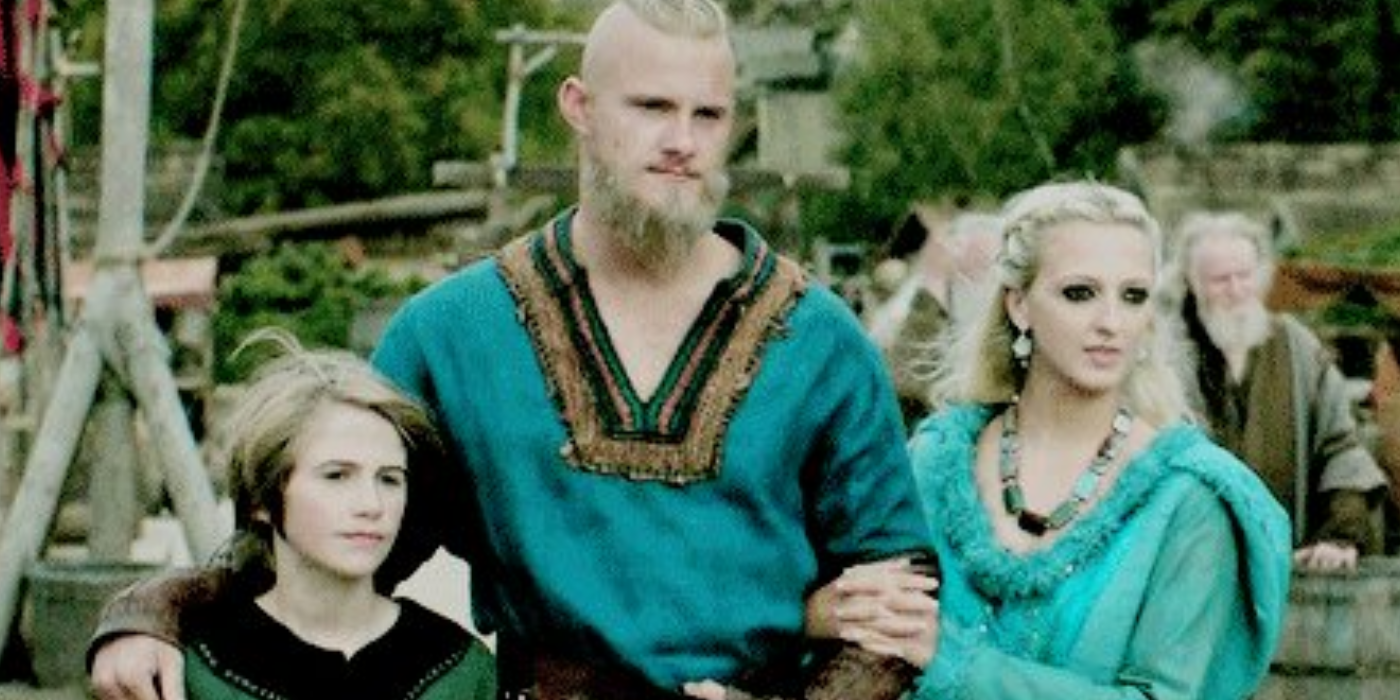
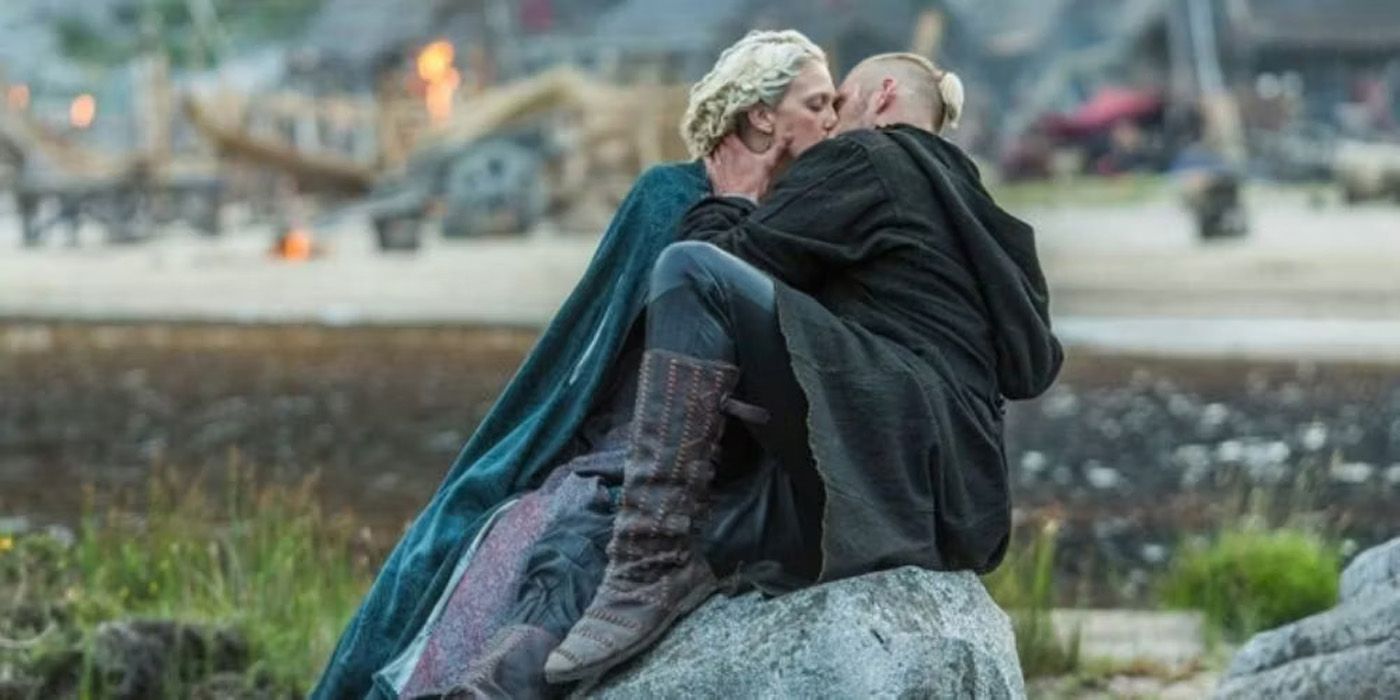
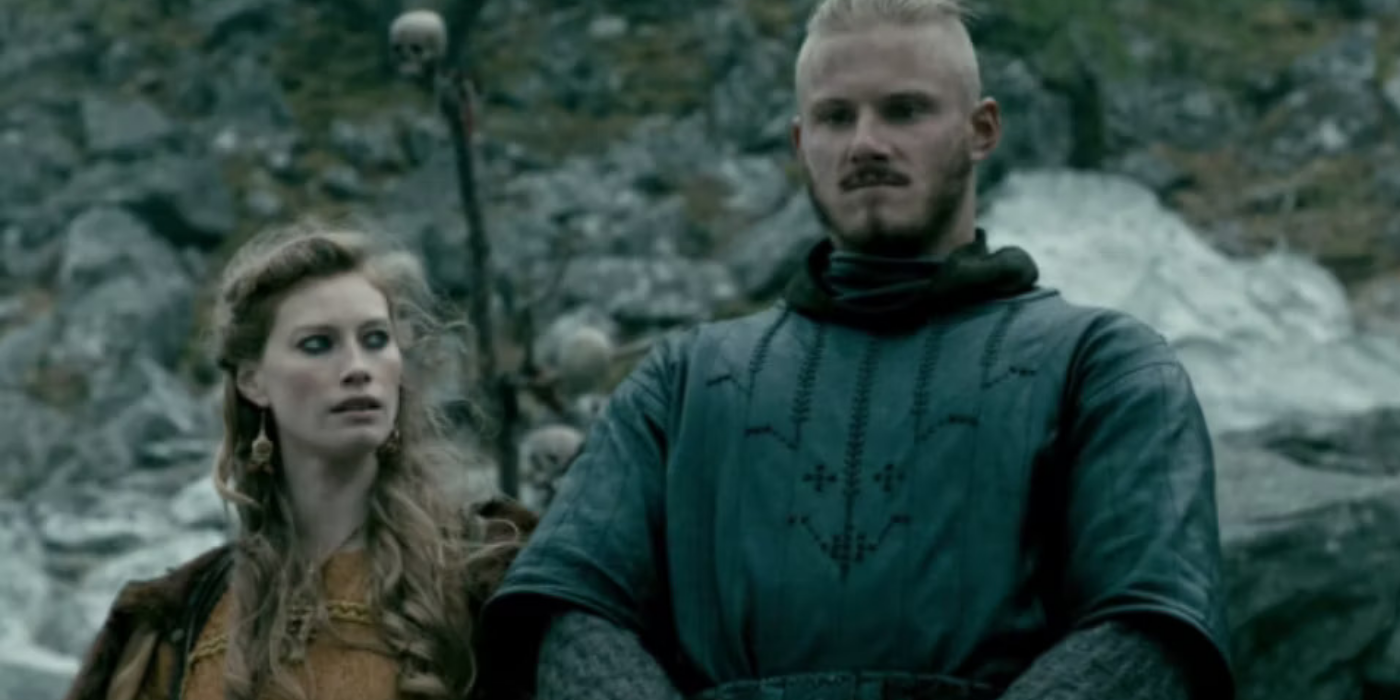
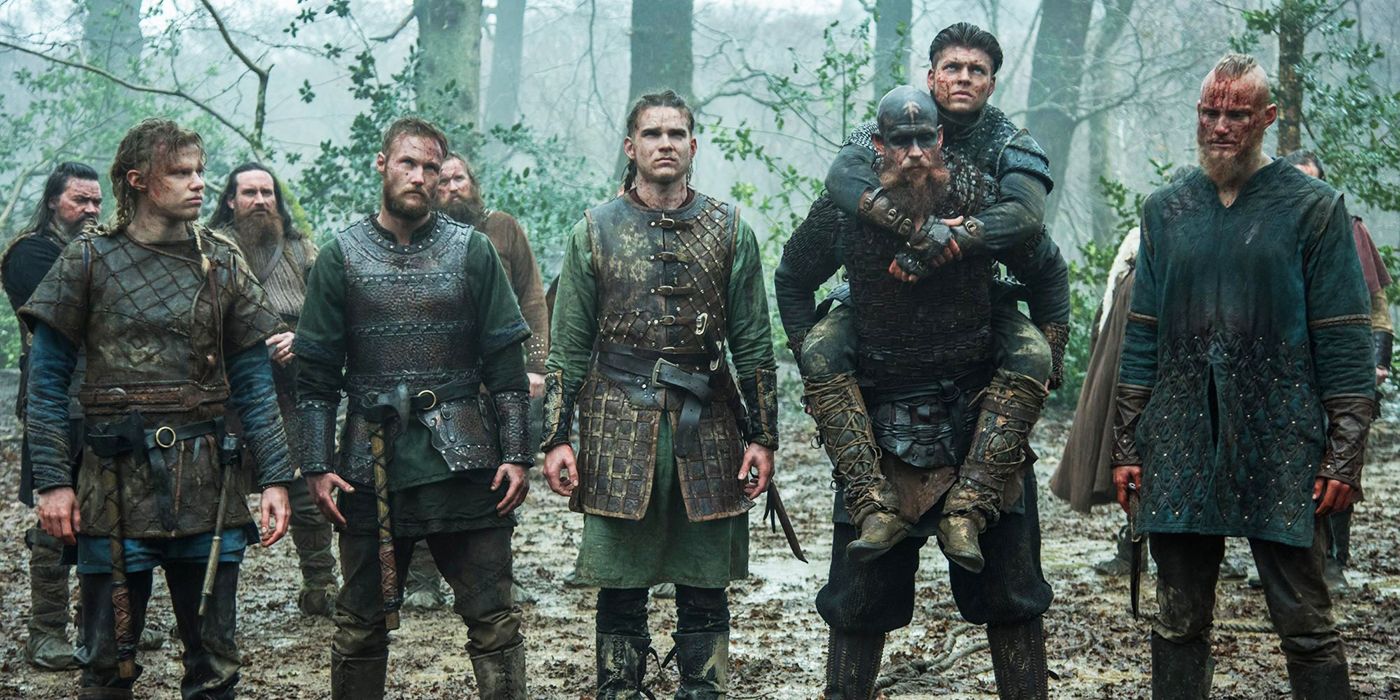






Of all the historical inaccuracies in Vikings, one of the most subtle is the use of the word “Vikings” itself. The word wasn’t actually coined until the 11th century, and has been used by historians ever since as a collective term for the various groups of Scandinavian raiders and warriors that shared a few common cultural and religious traits. However, the actual Vikings themselves would never have referred to themselves as such — and neither would their various enemies and allies.
The historic Vikings would have been known by contemporary cultures as (among other things) “Dani”, meaning Danes, or “Normanni”, meaning Northmen. The Vikings were referred to in the Anglo-Saxon Chronicle as “weoflingas”, meaning wild men, or “wulfhereas”, which means wolf-men, which sums up the relationship between the people of England and their Scandinavian neighbors incredibly well. How they referred to themselves would have varied from group to group, but in most historical records and sagas they seem to self-identify as “Ostmen”.
There’s No Village Of Kattegat
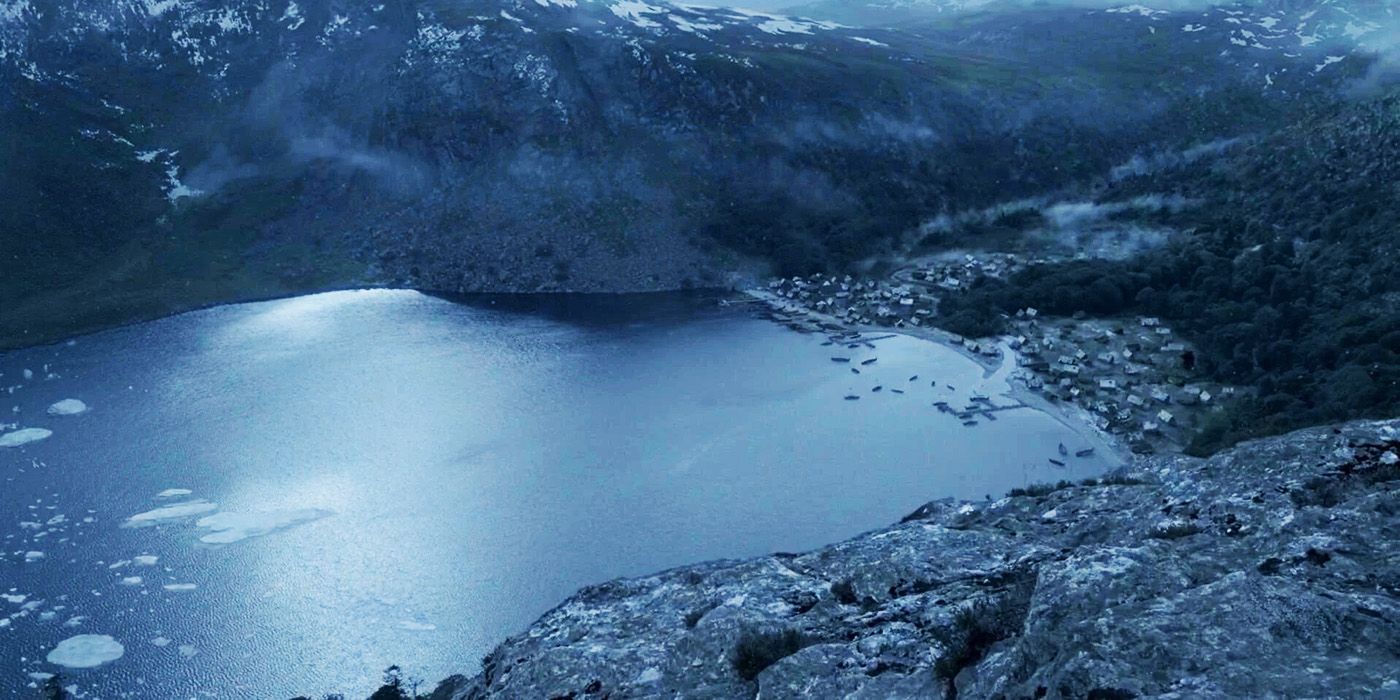
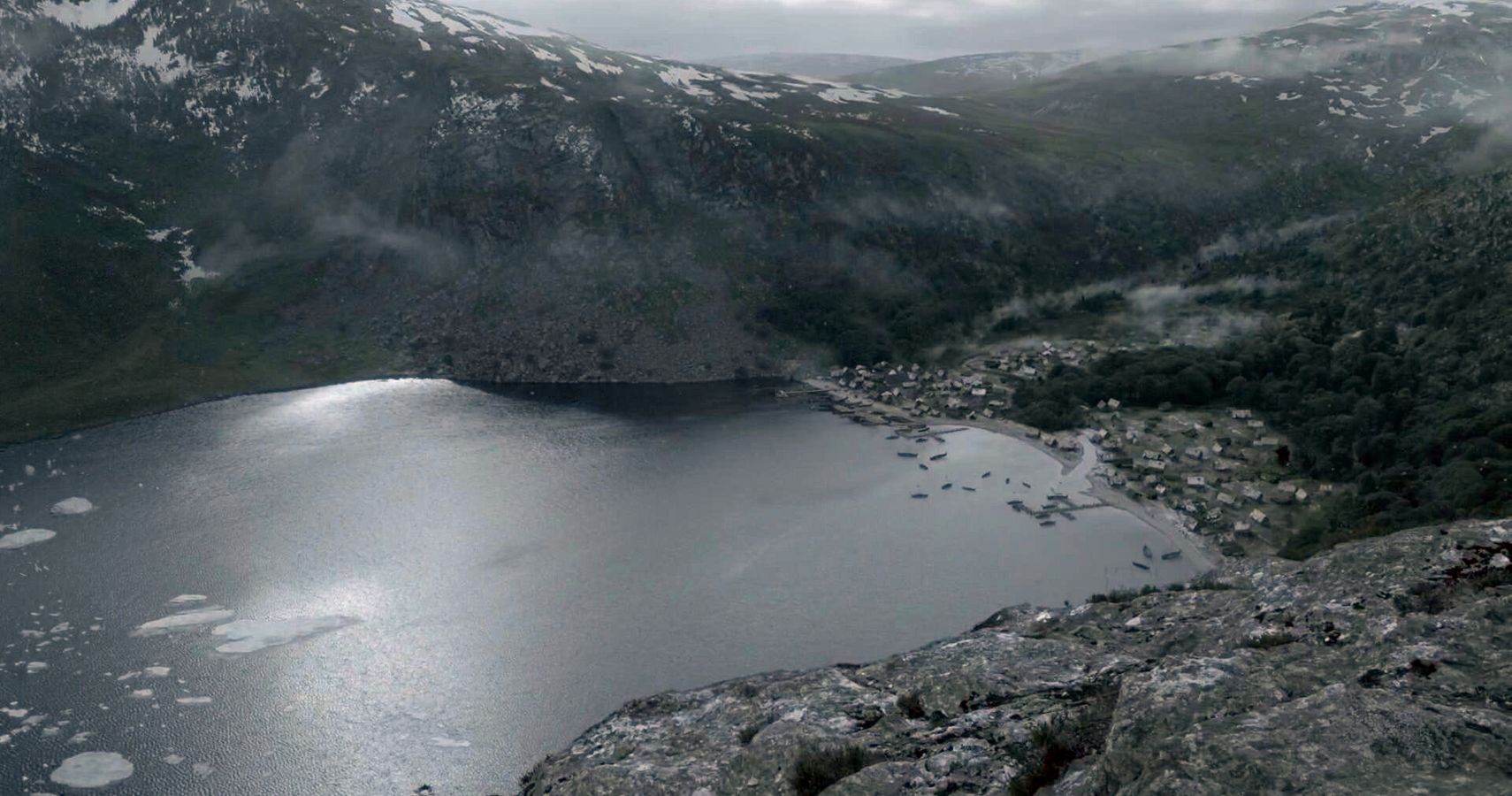

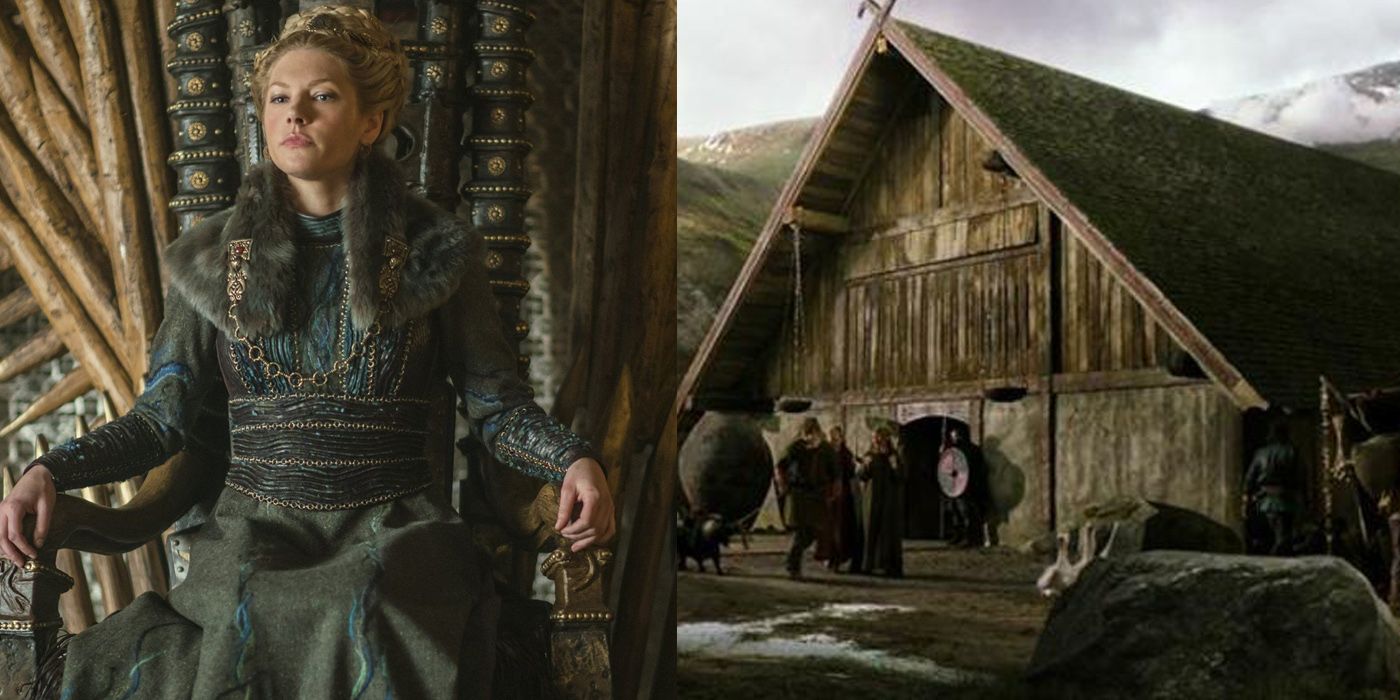
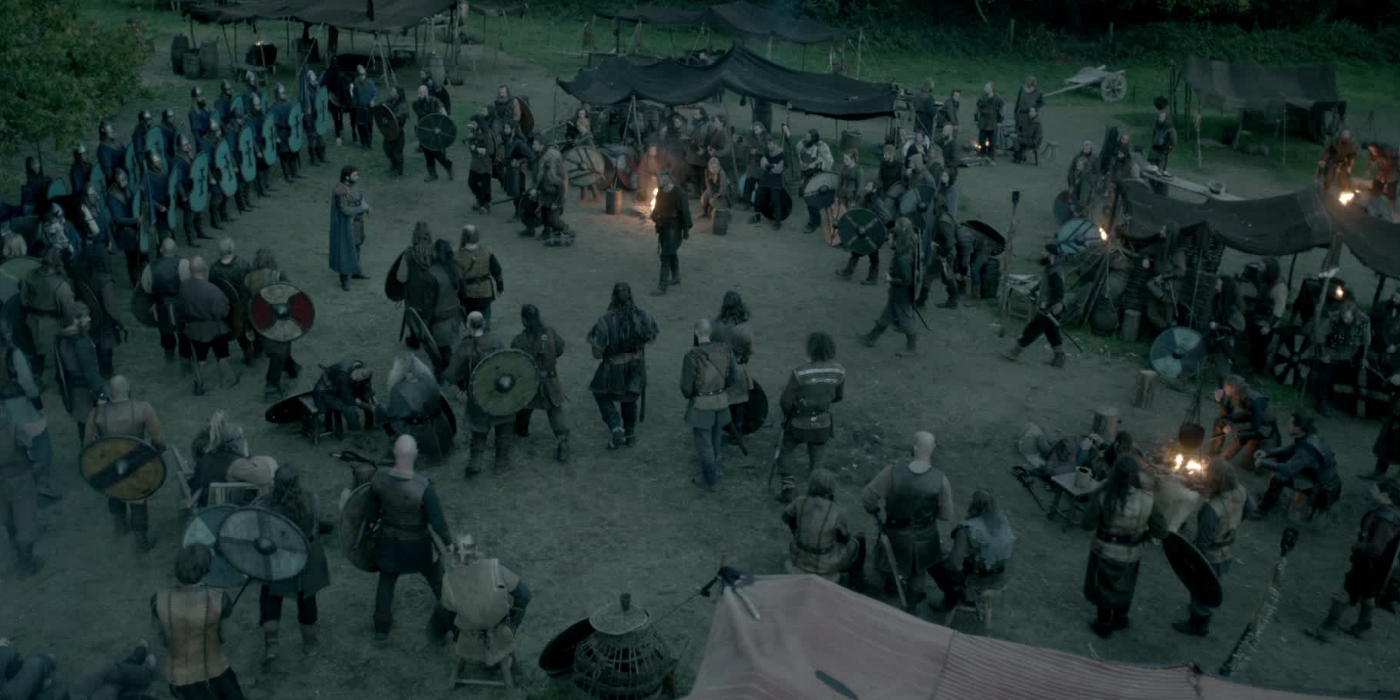





It’s not only the various characters and events in Vikings that have had liberties taken when it comes to historical accuracy. Many of the locations have also been tweaked or made up entirely for the show — with the most surprising of these being the plot-centric village of Kattegat. Kattegat is an essential location in Vikings from the very first season. It is the home of Ragnar Lothbrok, and many of the narrative arcs in the show focus on the various trials, tribulations, and leadership struggles of Kattegat’s people.
However, there is no Viking village called Kattegat in real life. There is a Kattegat that exists, but it’s not a settlement, it’s an area of sea located between Sweden, Denmark, and Norway. However, it’s easy to see why Vikings chose to create a location for its central characters rather than have them originate from a real place. The existence of Ragnar Lothbrok is still heavily debated among historians, so having claimed he came from an existing location would likely have caused more issues than simply making up a fictional Viking settlement.
Ragnar And Rollo’s Brotherhood
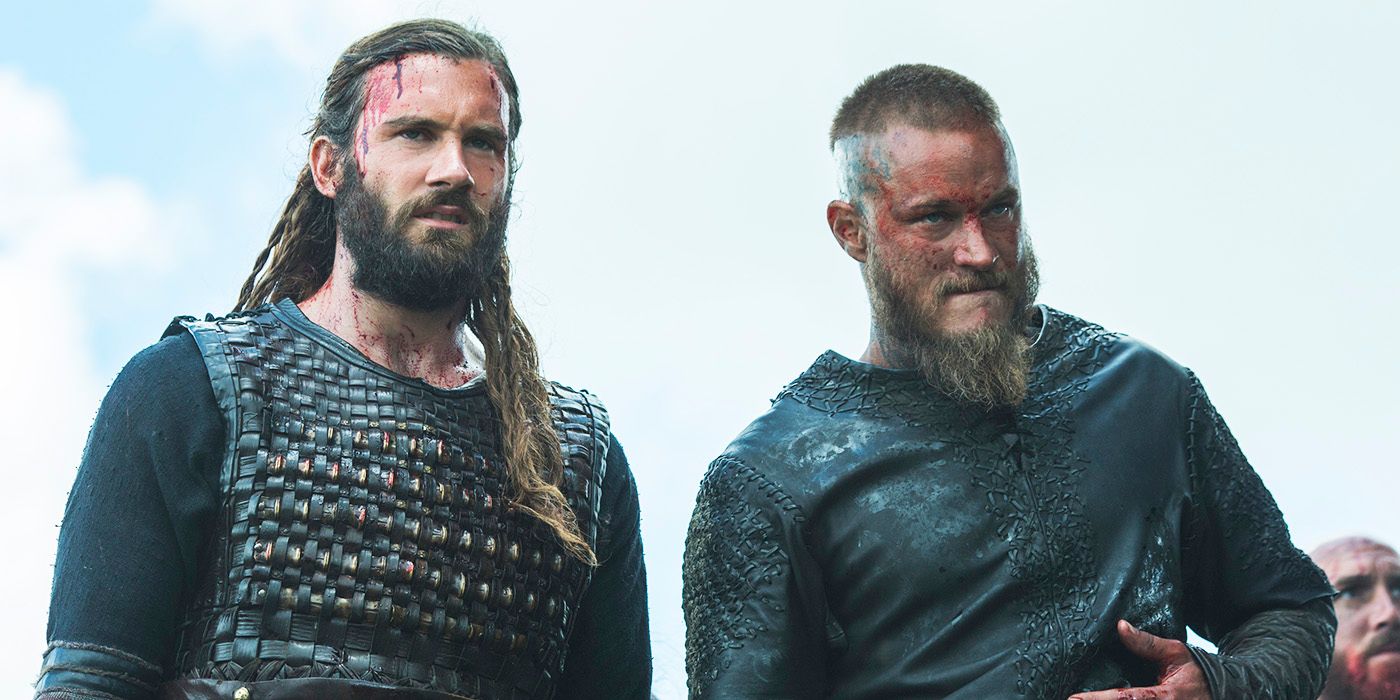
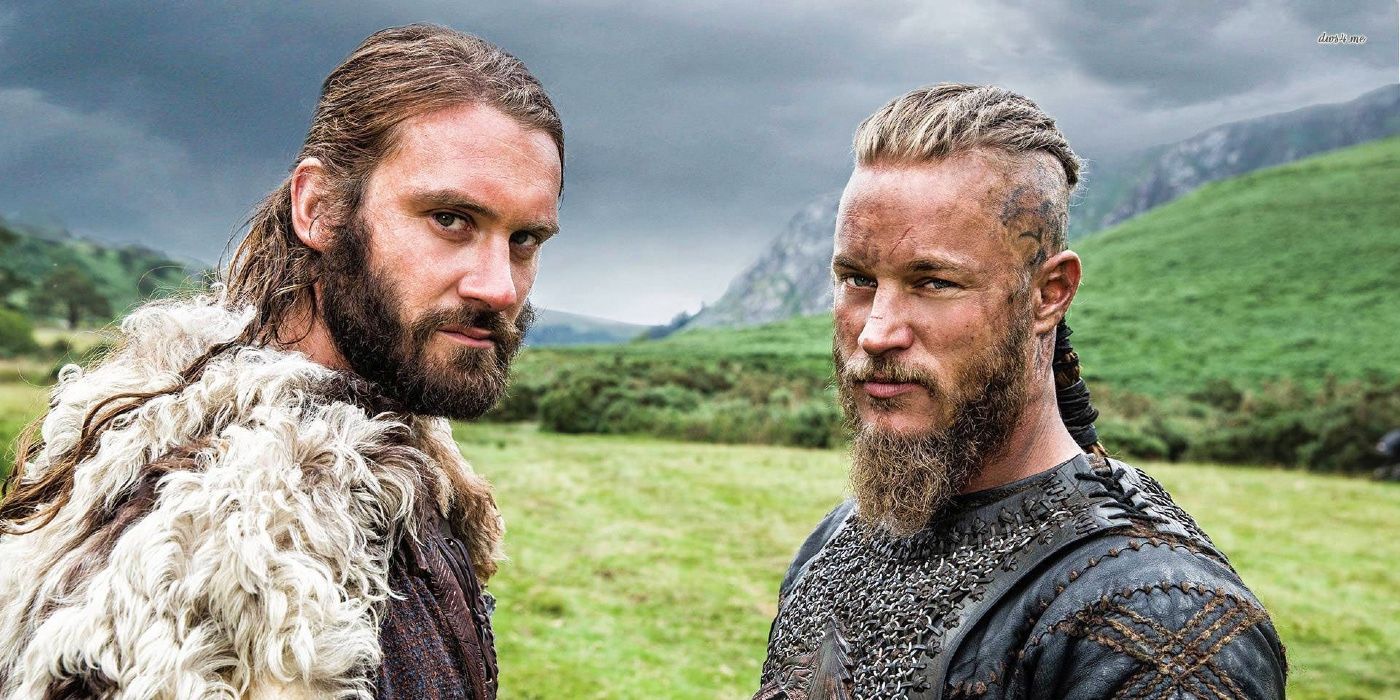


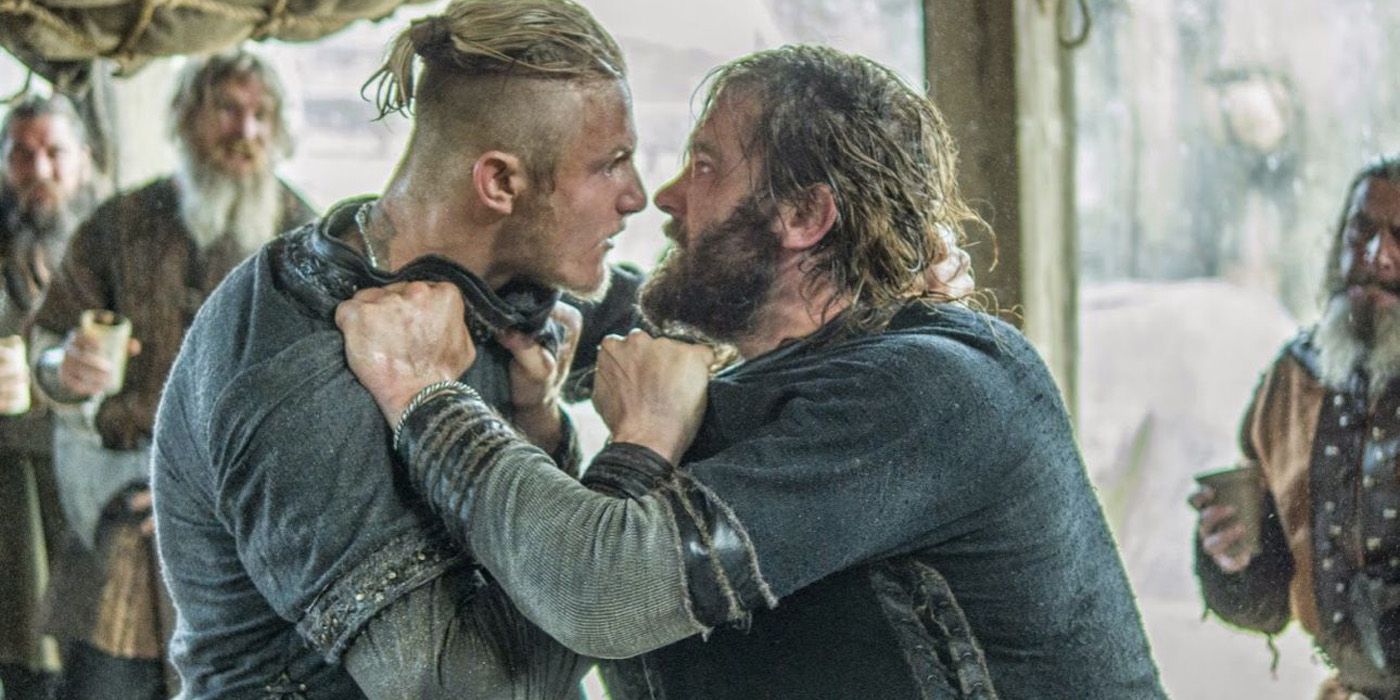





In Vikings, Rollo and Ragnar are brothers. One is driven by his belief in his own greatness, while the other is driven by his jealousy and desire to find his own greatness. It’s not easy to be the great Ragnar’s brother. Ultimately, that leads to a love-hate relationship with a lot of clashing and conflict. The interactions between the two are one of the most endearing aspects of Vikings, with the various ups-and-downs between them driving much of the show’s narrative.
Rollo was the Duke of Normandy, and it’s unknown whether he was a Viking, while it’s uncertain where Ragnar existed at all.
Unfortunately, though, this key relationship is completely fabricated. Rollo and Ragnar were never brothers. In fact, it’s incredibly likely that the pair never even met. Rollo was the Duke of Normandy, and it’s unknown whether he was a Viking, while it’s uncertain where Ragnar existed at all. At the very least, the pair were never warring brothers.
While Vikings were stronger fighters dedicated to raids, they hardly fought the traditional pitch-battle way fans are accustomed to. The show sets up quite a few wars like this, one enemy standing across the field from another. However, it’s very unlikely Vikings would ever participate in these kinds of battles. After all, they preferred raids. Not only does that mean fierce combat but also an element of surprise. Their battle tactics are closer to guerrilla style that classical pitch-battles.
Armies clashing feels much more grand and epic than tons of surprise tactics and raids.
On TV, though, pitch-battles are the standard. It’s no surprise Vikings decided to favor a grander style that can really amp up a crowd. Armies clashing feels much more grand and epic than tons of surprise tactics and raids. Real Viking battles would likely have only featured a few dozen men, maybe a couple of hundreds at most, and definitely wouldn’t have had the grandiose nature of the clashes shown in Vikings.
The Timeline
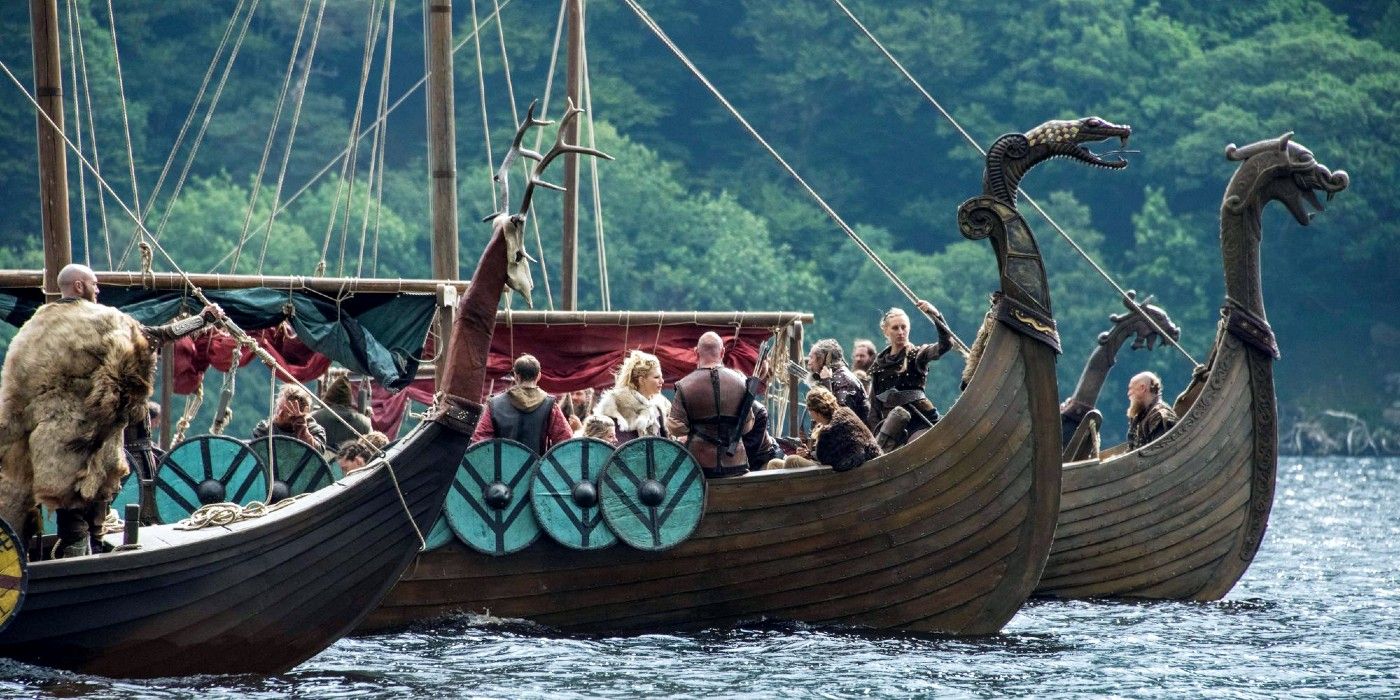
Unfortunately for Vikings, the most exciting events in Viking history aren’t exactly close together. However, for the show and fan benefit, time has been crunched to connect significant historical events into a cohesive timeline. In reality, Vikings getting to “the west” and invading England are not close at all, and happened centuries apart. There are dozens, and at times hundreds, of years between big raids. Lagertha definitely should not have been able to be a Viking wife pre-west and at the raid of Paris.
The show portrays this time in history as much more eventful than it actually was, and the Viking expansion and eventual dominance of Europe was a much slower affair.
While it does make for great television to see fan-favorite characters during all these historical events, it does mean that many of the storylines in Vikings are completely historically inaccurate. The show portrays this time in history as much more eventful than it actually was, and the Viking expansion and eventual dominance of Europe was a much slower affair.
Christian Crucifixions
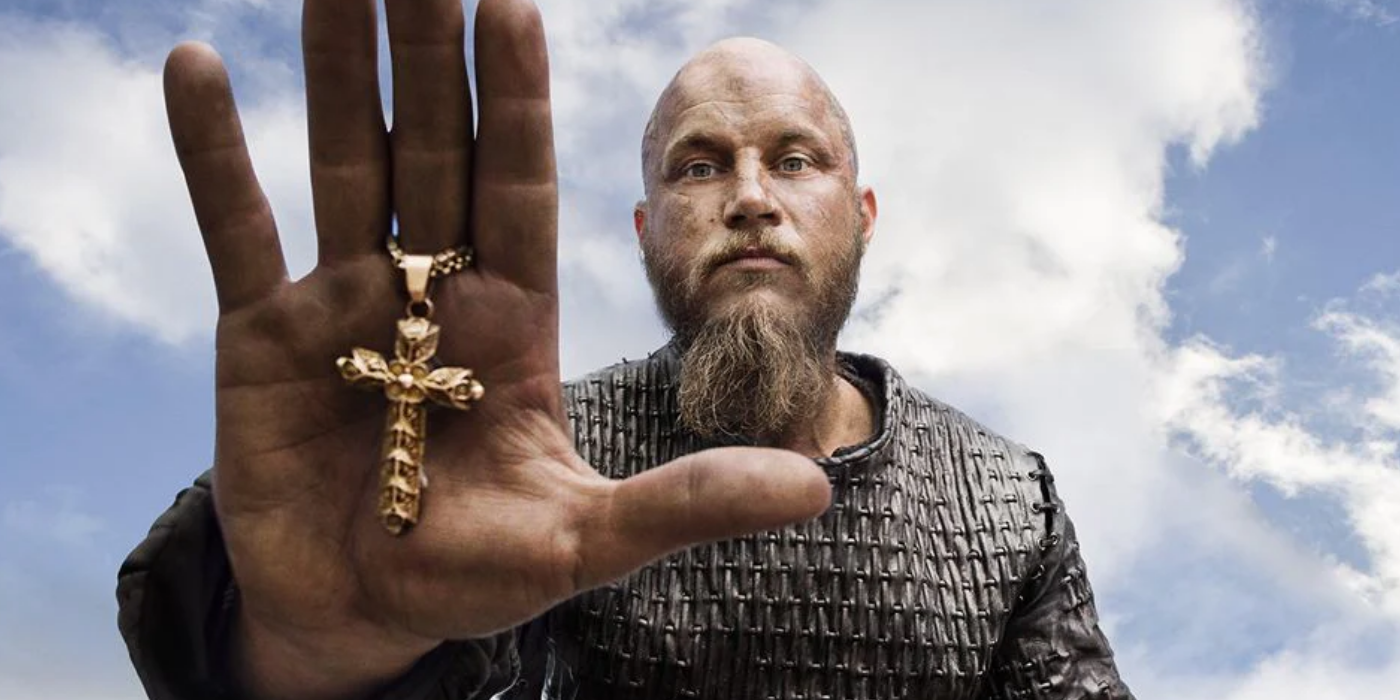
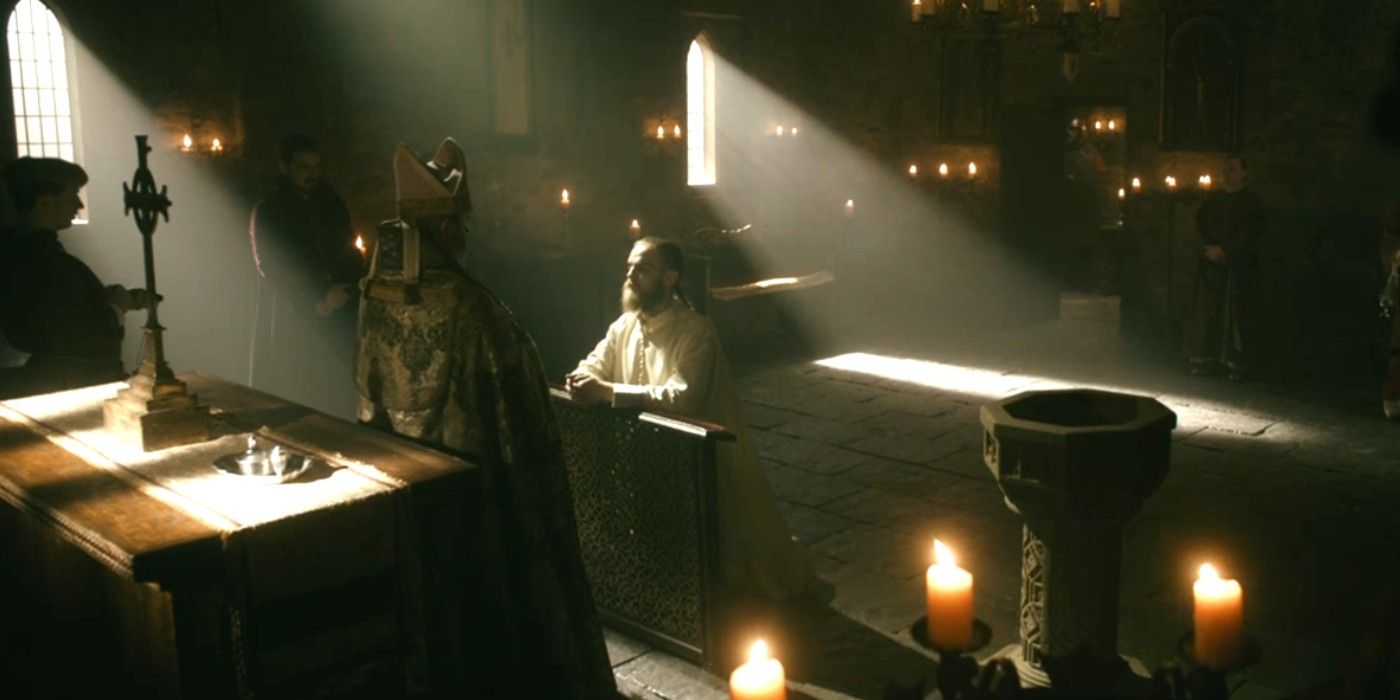
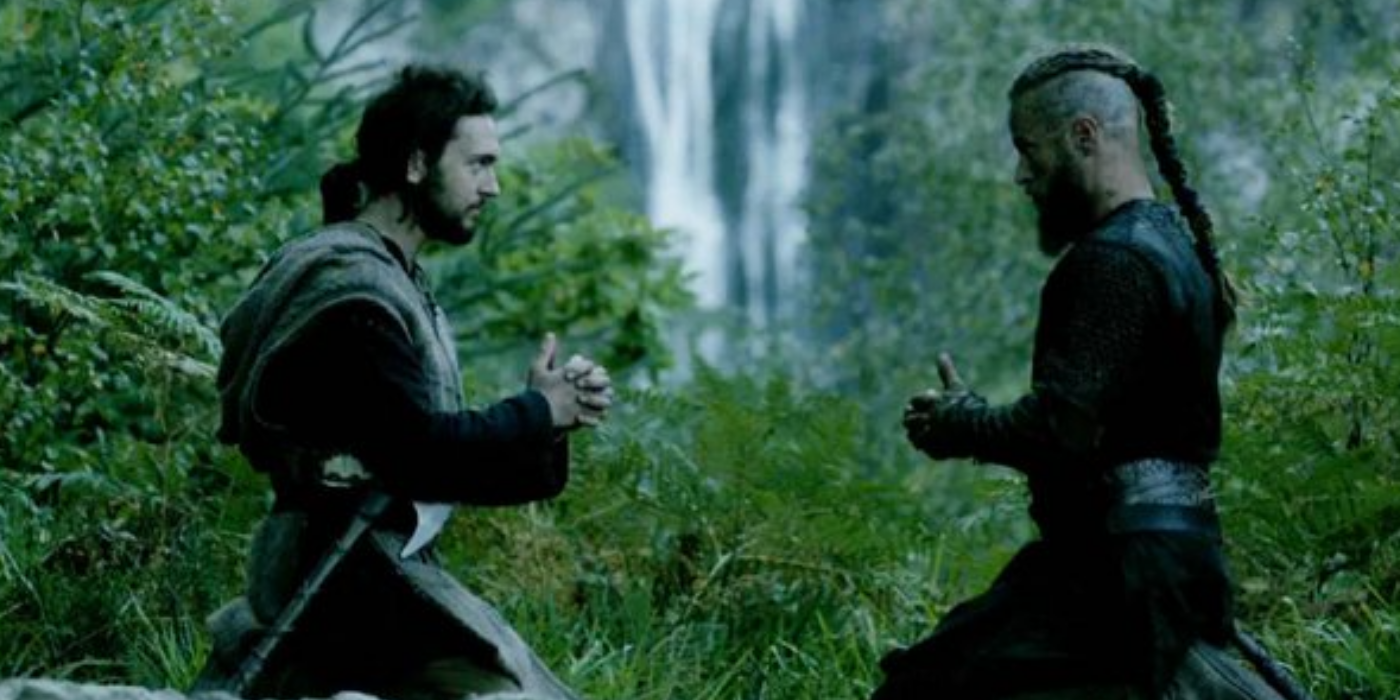
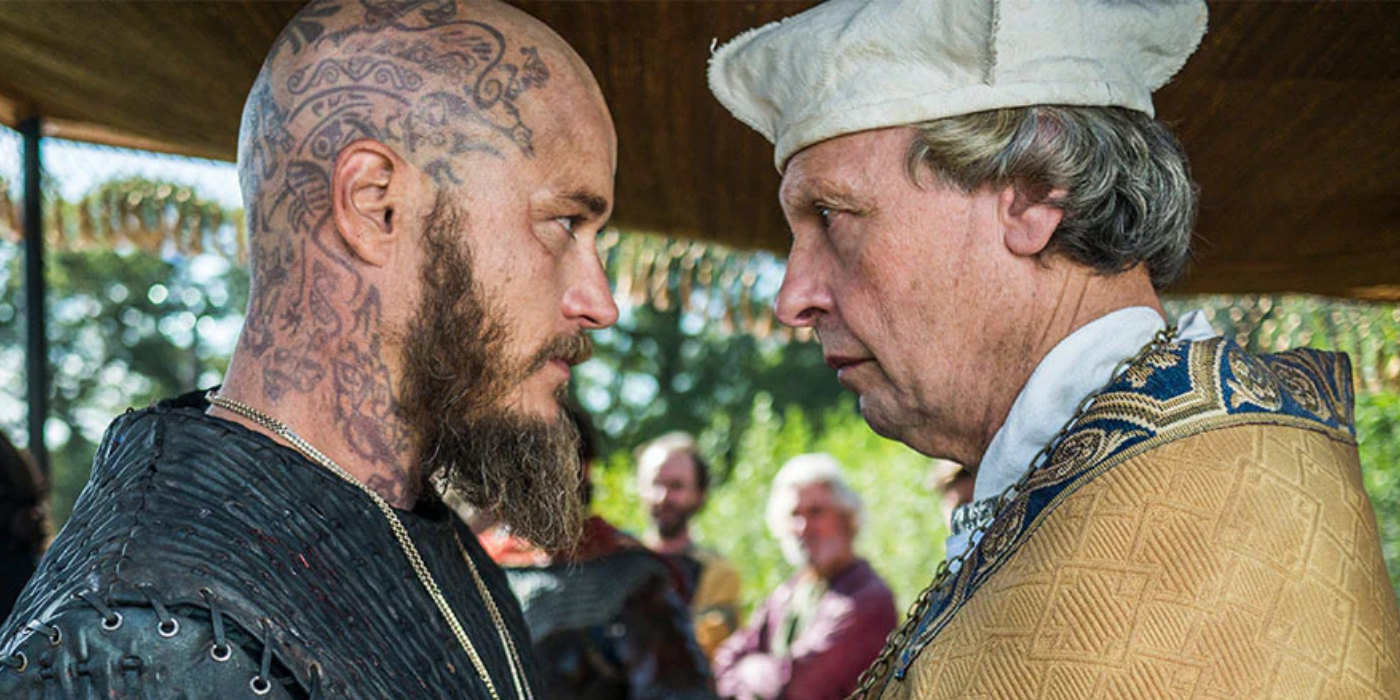
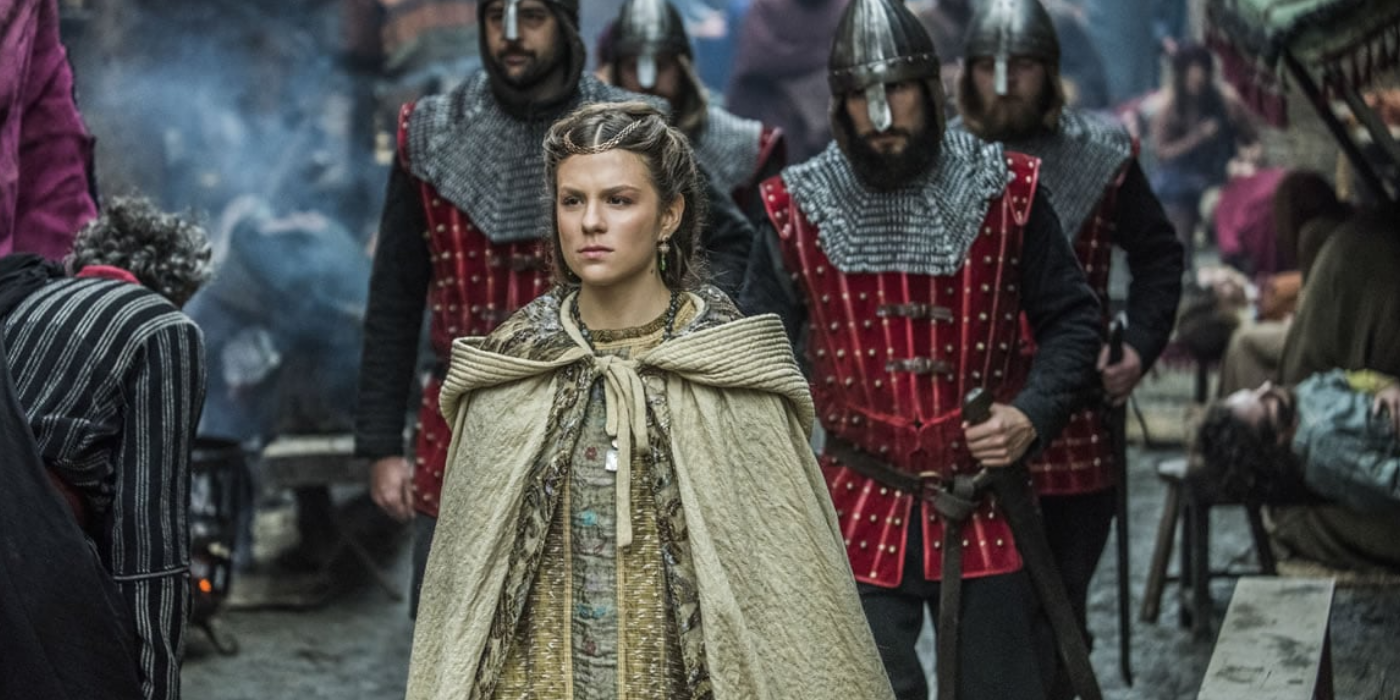





During a particularly dark and terrible moment, Christians crucified Athelstan for his consortium with Vikings and abandoning the faith. Though he didn’t abandon Christianity, not really, they didn’t see it that way. Despite being a poignant, heartbreaking scene, it’s completely false. There’s little to no evidence that crucifixion was practiced by Christians in the dark ages, and as a method of punishment it was utilized mainly by the Ancient Romans, who predated the Vikings by several centuries.
As far as narrative goes, it was a powerful moment for Athelstan in Vikings , but historically, it’s not accurate.
A big part of Christian faith is lamenting the crucifixion of Christ. They believe sacrifice is holy. If they truly thought Athelstan to be a heathen, they wouldn’t do something so meaningful to him. Furthermore, Christians weren’t known for arbitrary crucifixions. As far as narrative goes, it was a powerful moment for Athelstan in Vikings, but historically, it’s not accurate.
Ragnar’s Existence
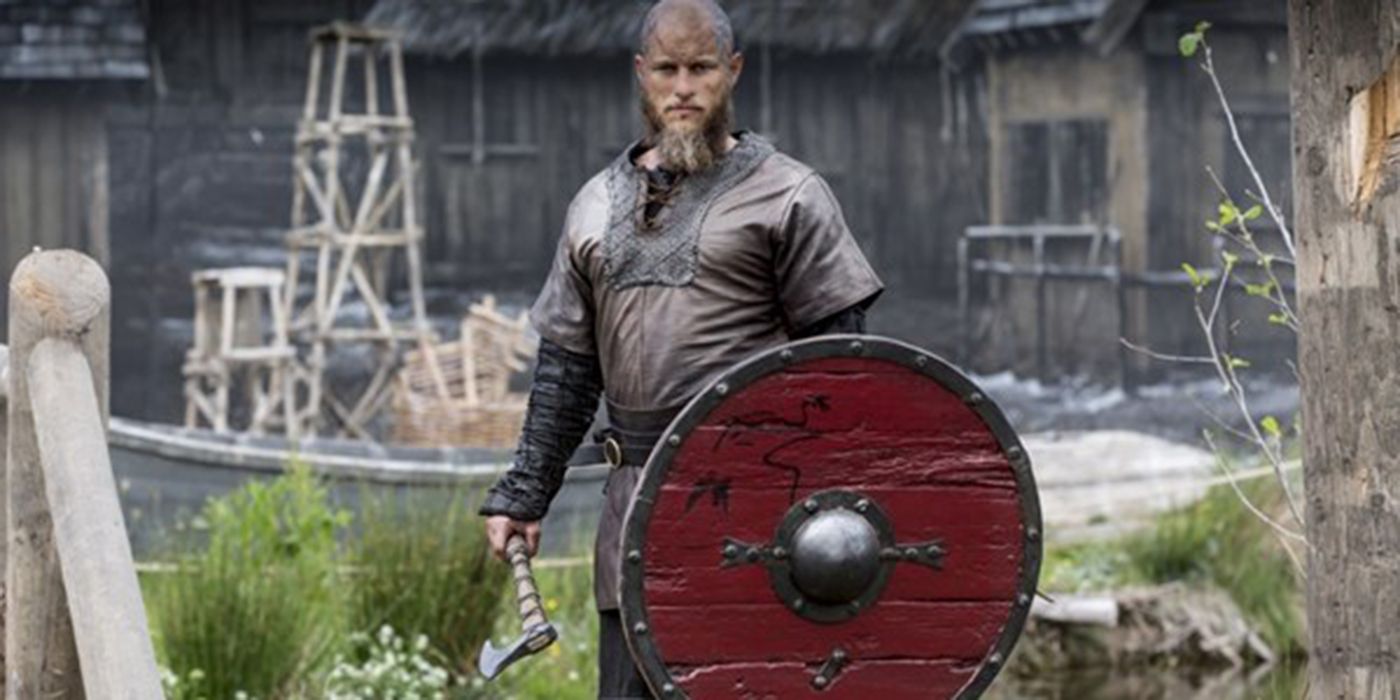
Perhaps the greatest historical inaccuracy in Vikings is its focus on Ragnar Lothbrok who, despite being a legendary figure, may not even have existed. Unlike his children and many other characters in the show, Ragnar Lothbrok’s existence cannot be confirmed. There are well-known Norse legends of him being a powerful, influential Viking, but actual accounts of his real life are non-existent. For such a pinnacle of Viking mythos, the fact is that it’s more likely than not that he never existed.
It’s possible that Ragnar was a legendary figure amalgamated from several warriors, and real individuals like Bjorn and Ivar claimed to be descended from him to add to their own reputation.
Despite the lack of historical fact surrounding his existence, he is such an important figure in Viking mythology and legends do mention famous leaders such as Bjorn Ironside and Ivar the Boneless as his “sons”. It’s possible that Ragnar was a legendary figure amalgamated from several warriors, and real individuals like Bjorn and Ivar claimed to be descended from him to add to their own reputation. While he’s the staple of Vikings, Ragnar’s participation in many of the events in the show are more than likely fictional.



